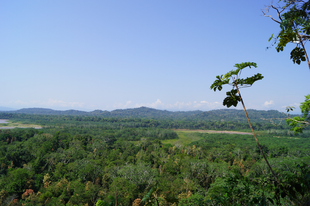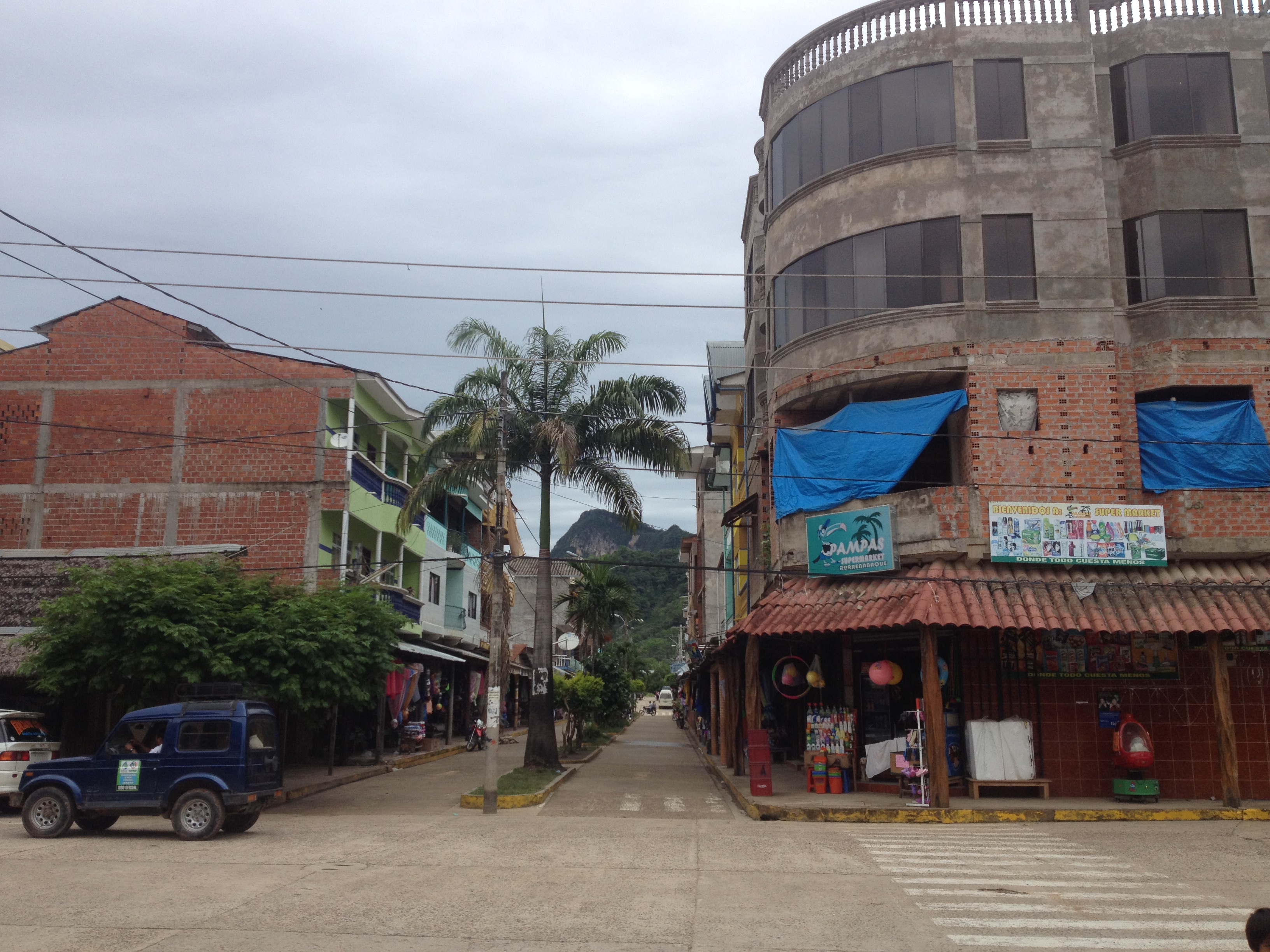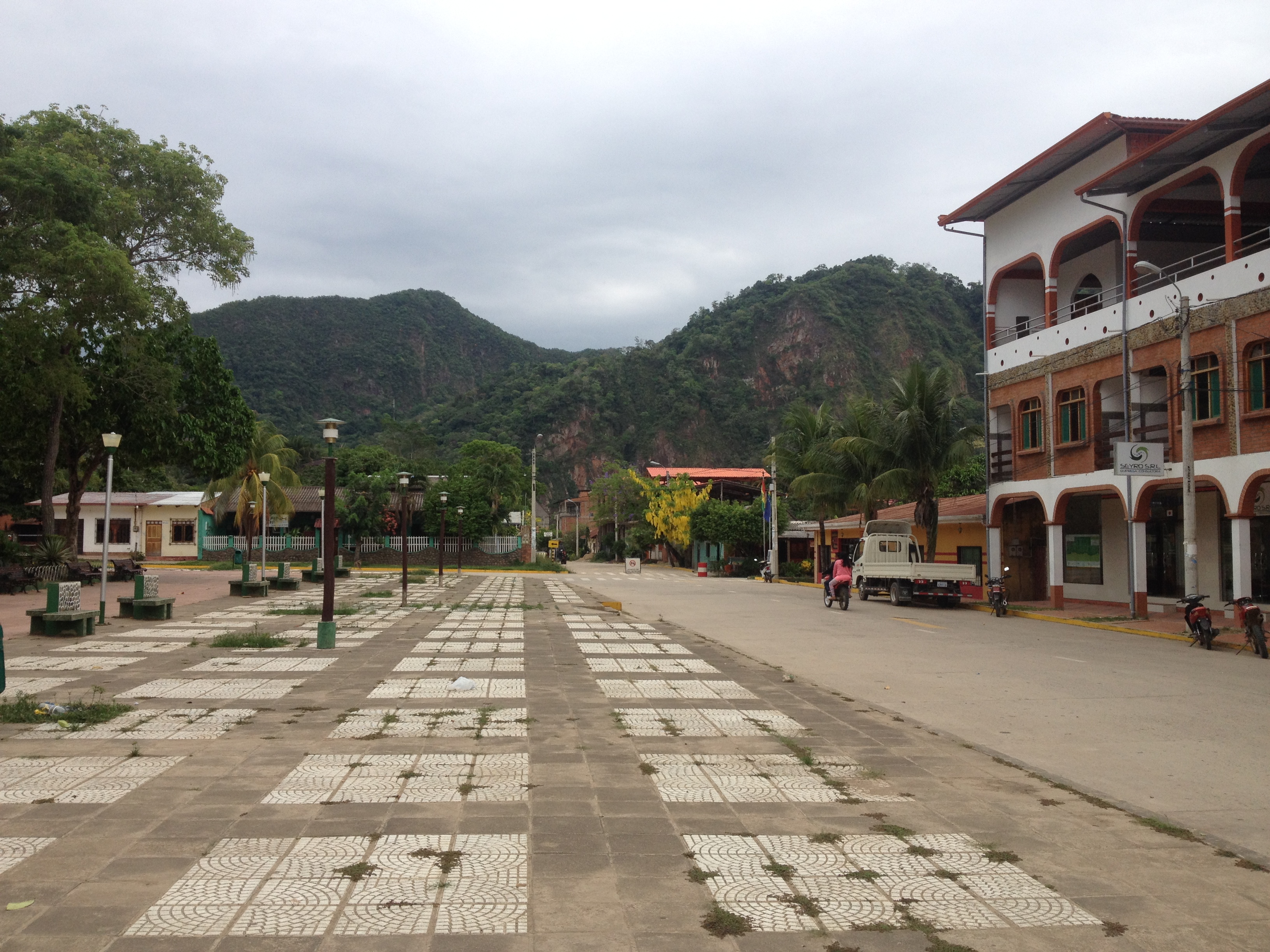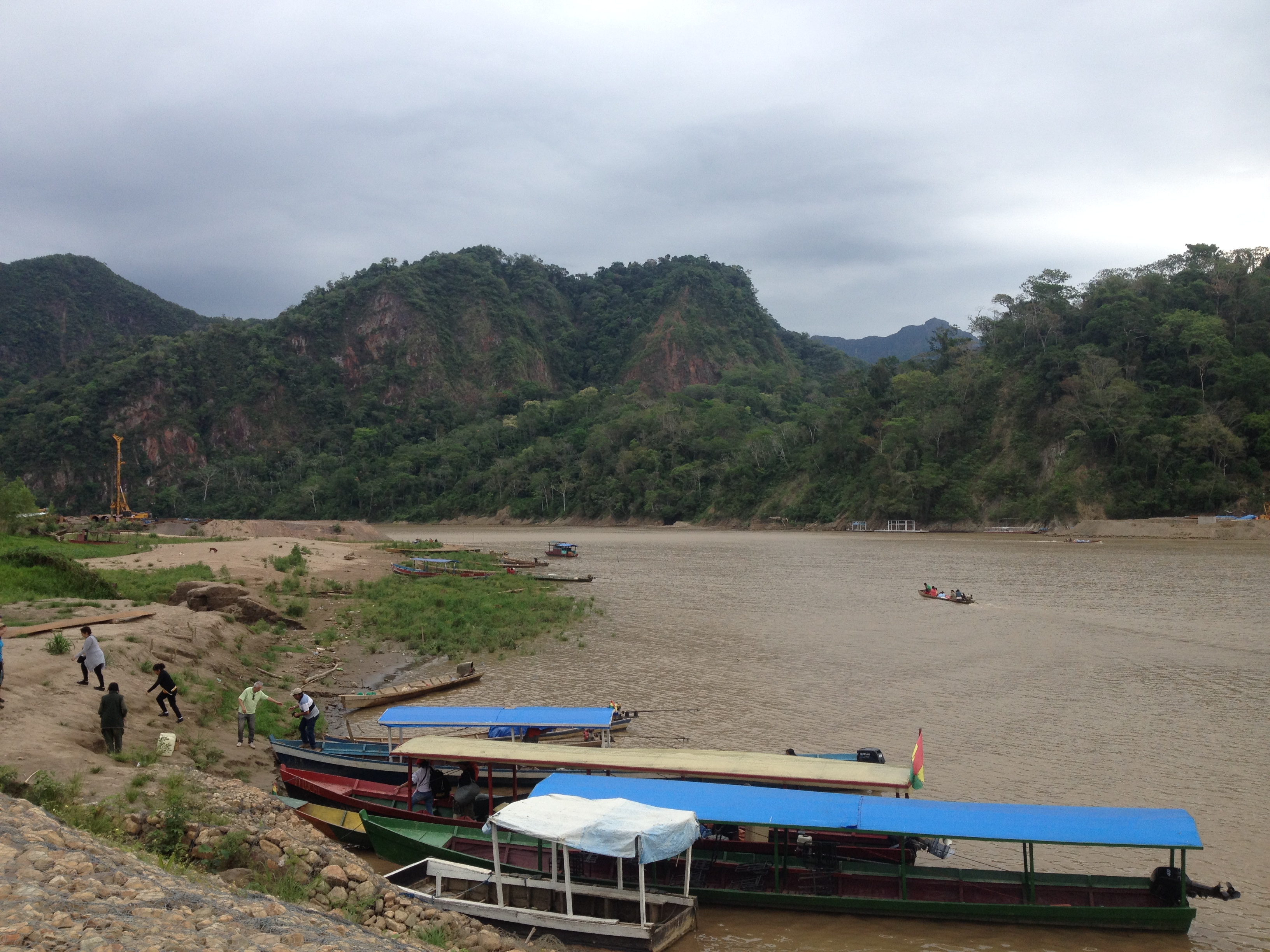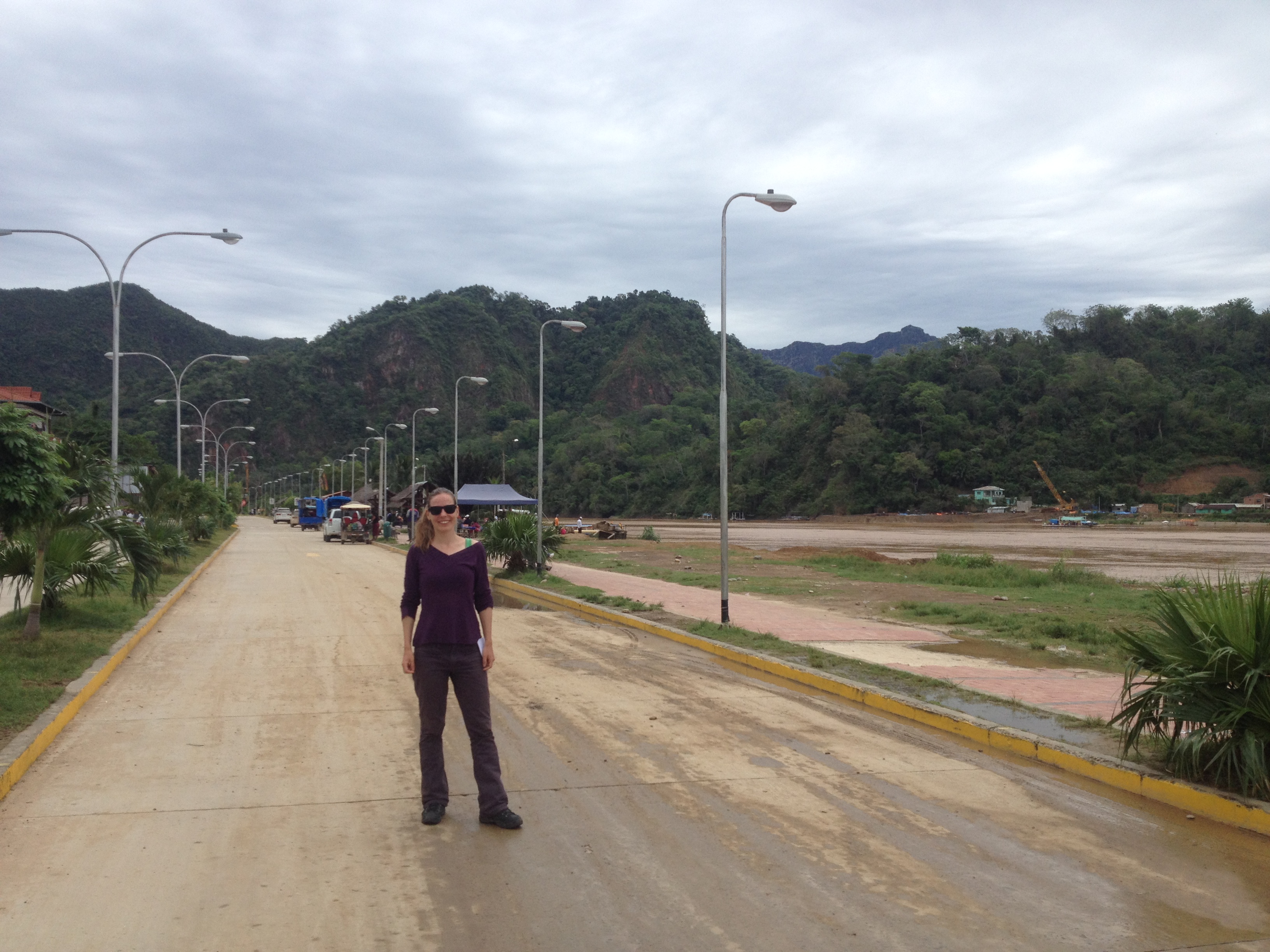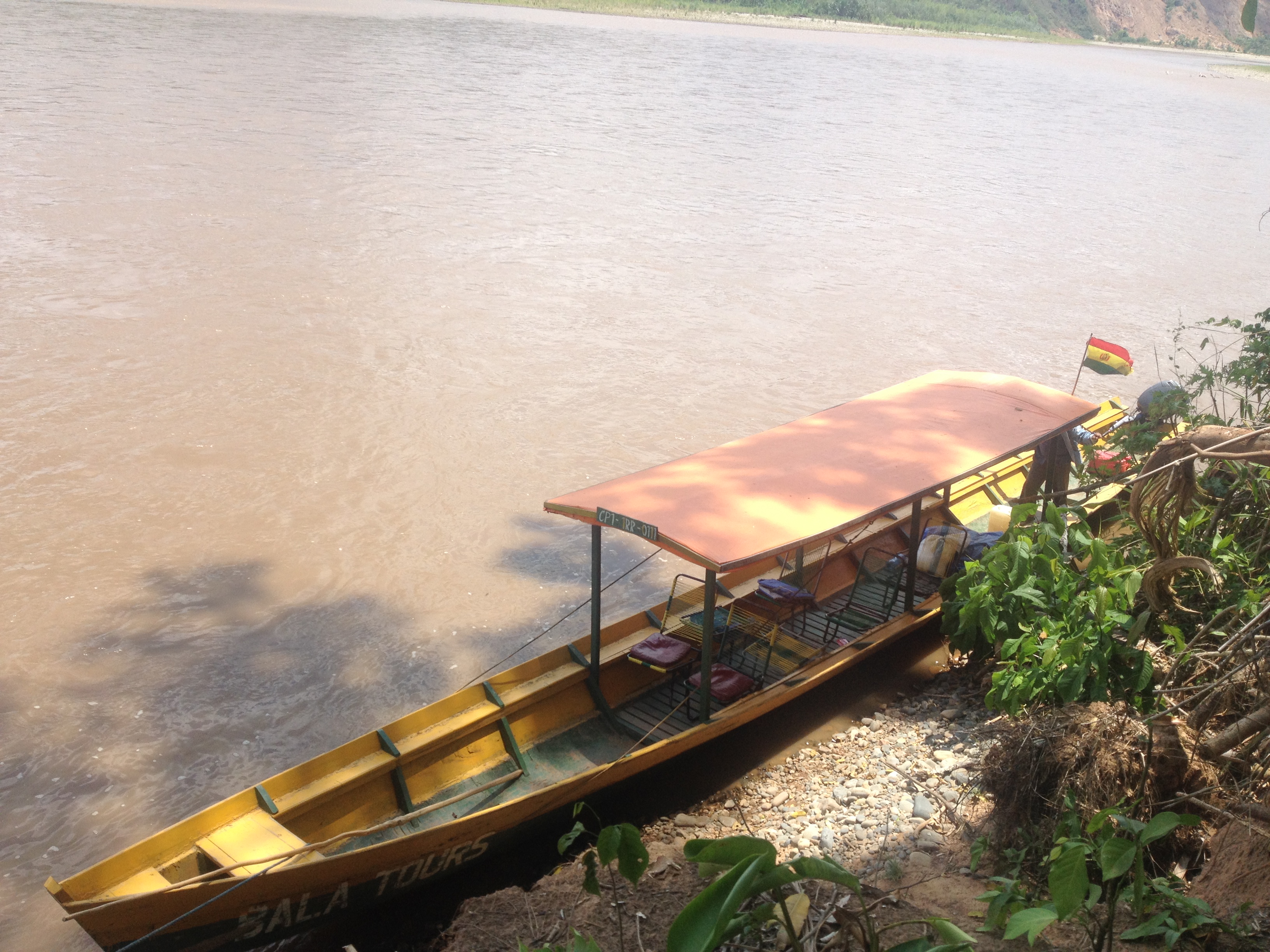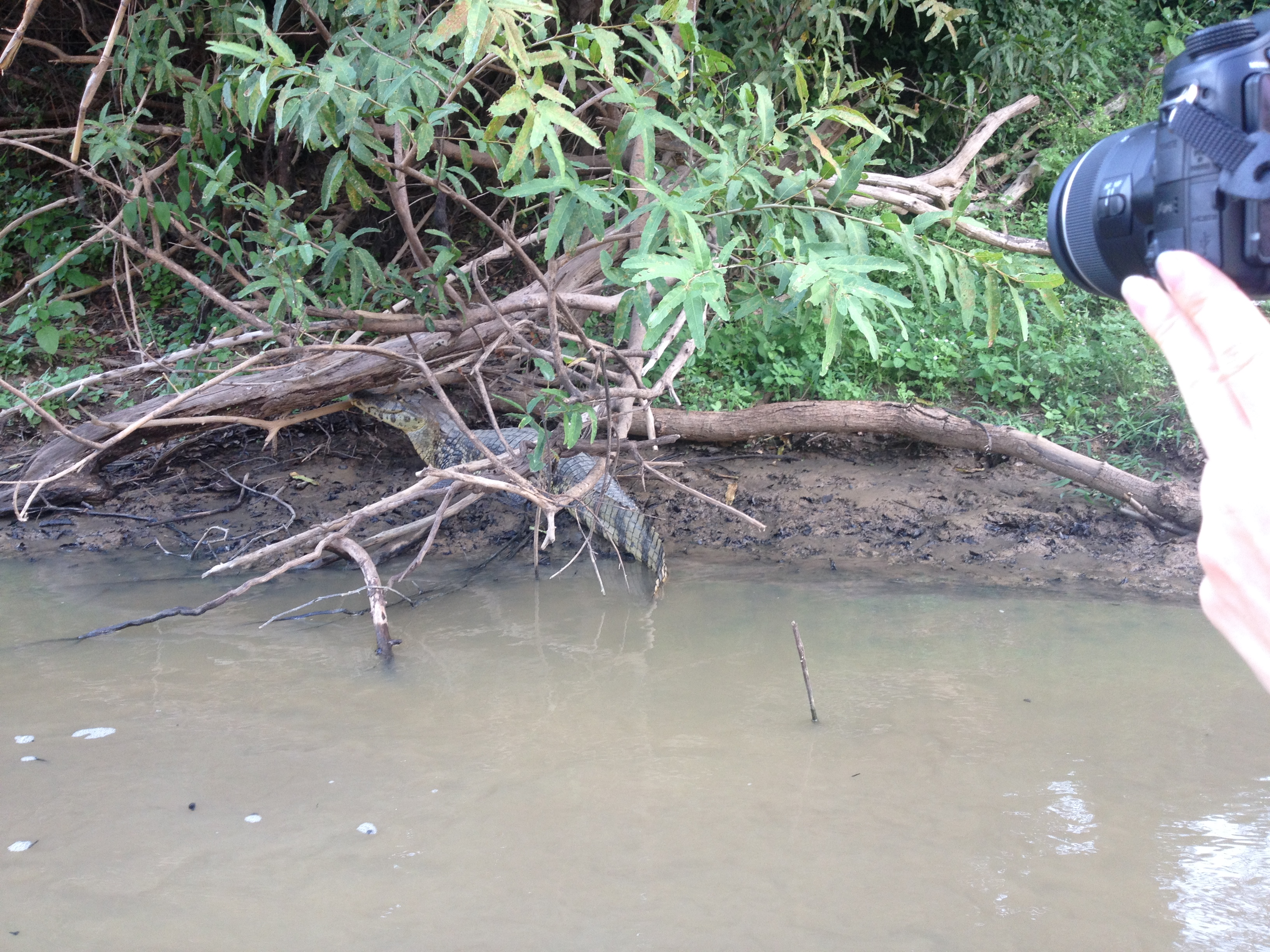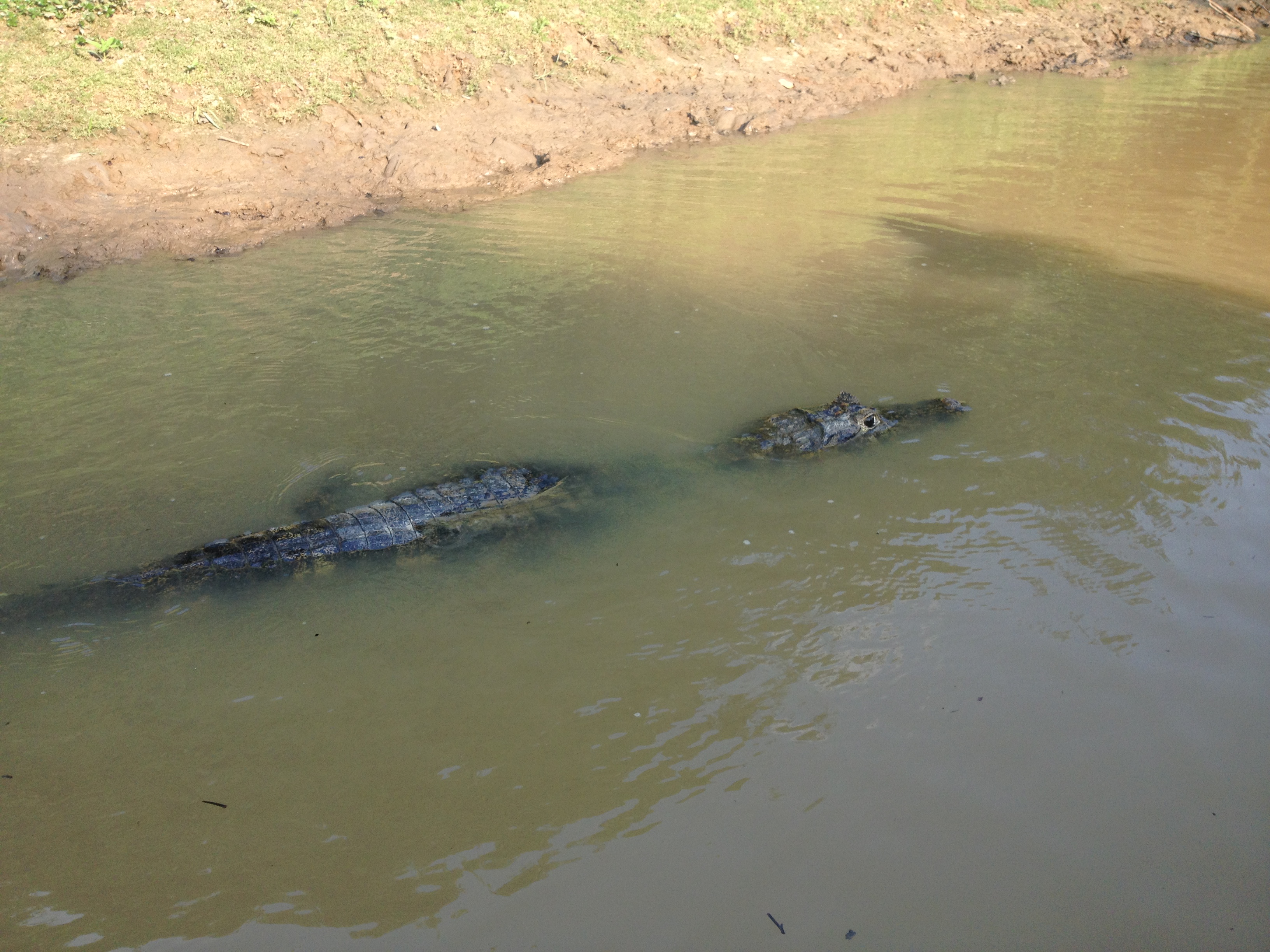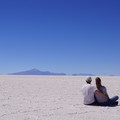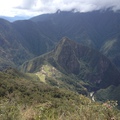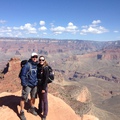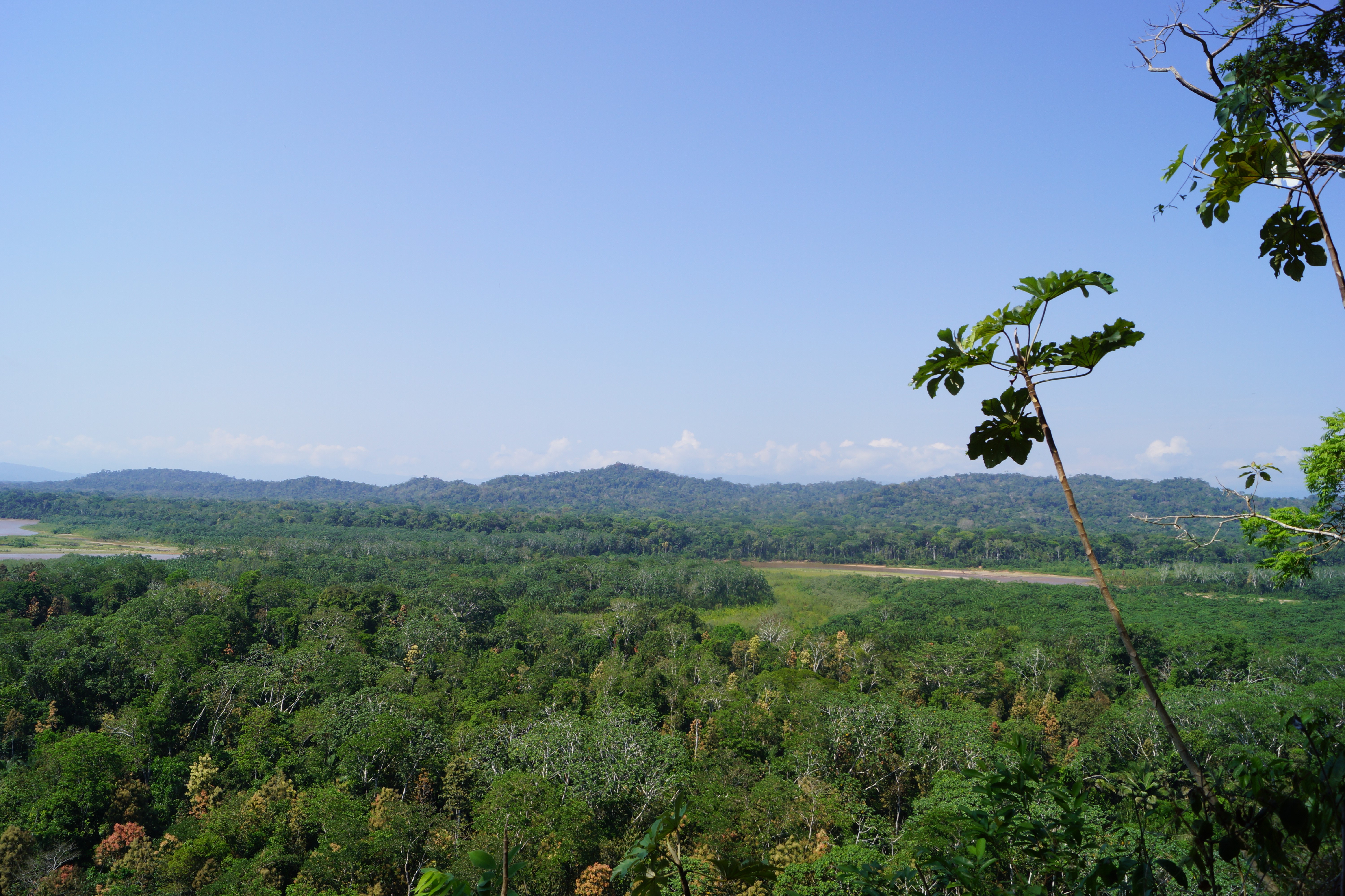 A visit to the world's largest and most biodiverse tropical rainforest was on our to-do list while traveling in South America. Most people think of Brazil when planning a visit to the Amazon, yet the Amazon basin belongs to nine South American countries, which means that you do not need to take an expensive tour in Brazil to see the jungle. You can have an amazing rainforest experience in Bolivia, which is not only cheaper, but also less crowded than Brazil.
A visit to the world's largest and most biodiverse tropical rainforest was on our to-do list while traveling in South America. Most people think of Brazil when planning a visit to the Amazon, yet the Amazon basin belongs to nine South American countries, which means that you do not need to take an expensive tour in Brazil to see the jungle. You can have an amazing rainforest experience in Bolivia, which is not only cheaper, but also less crowded than Brazil.
The starting point for our trip into the Bolivian Amazon was the town of Rurrenabaque. We flew there from La Paz in a teeny-tiny airplane - the smallest I have ever flown with.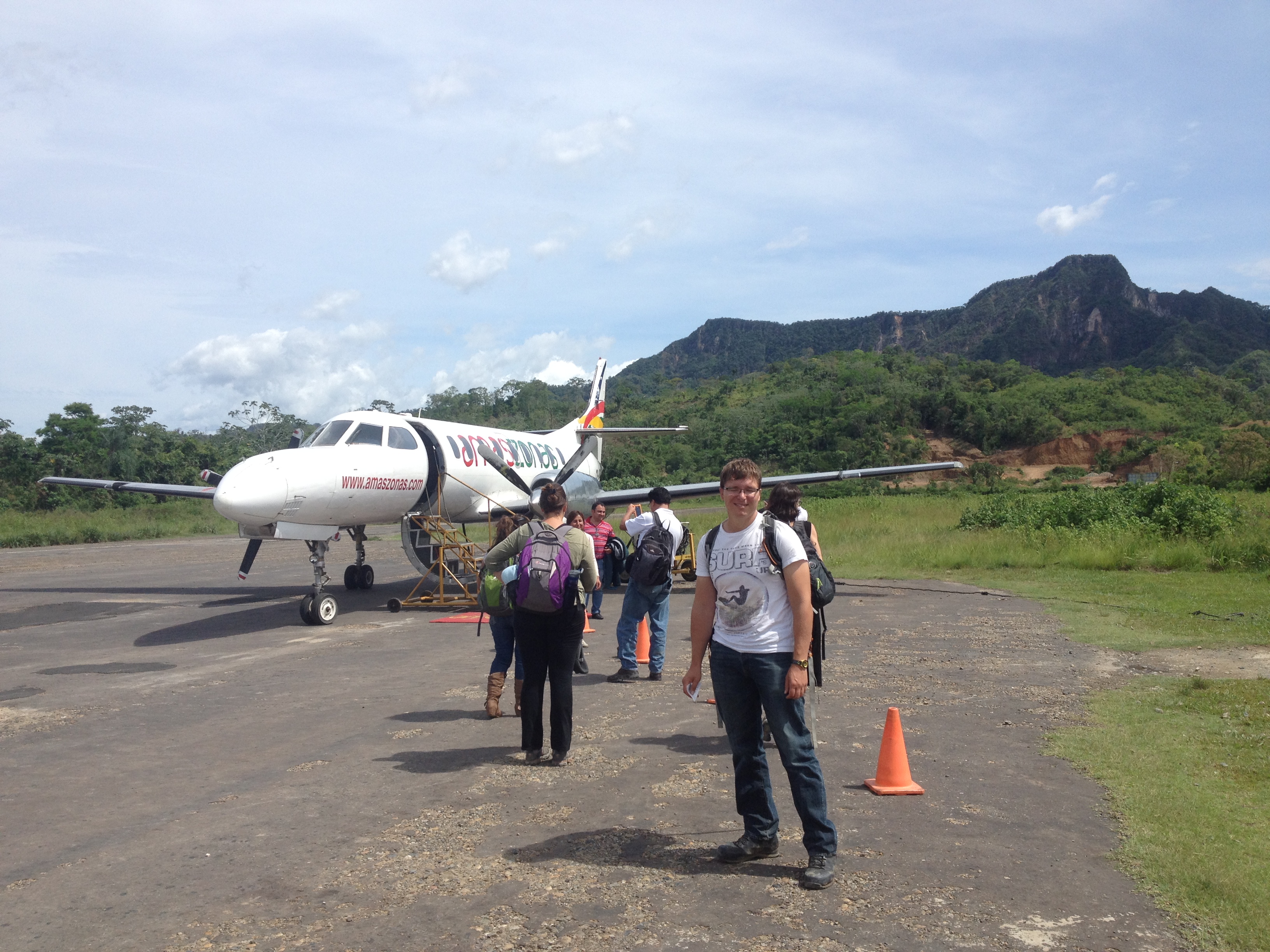
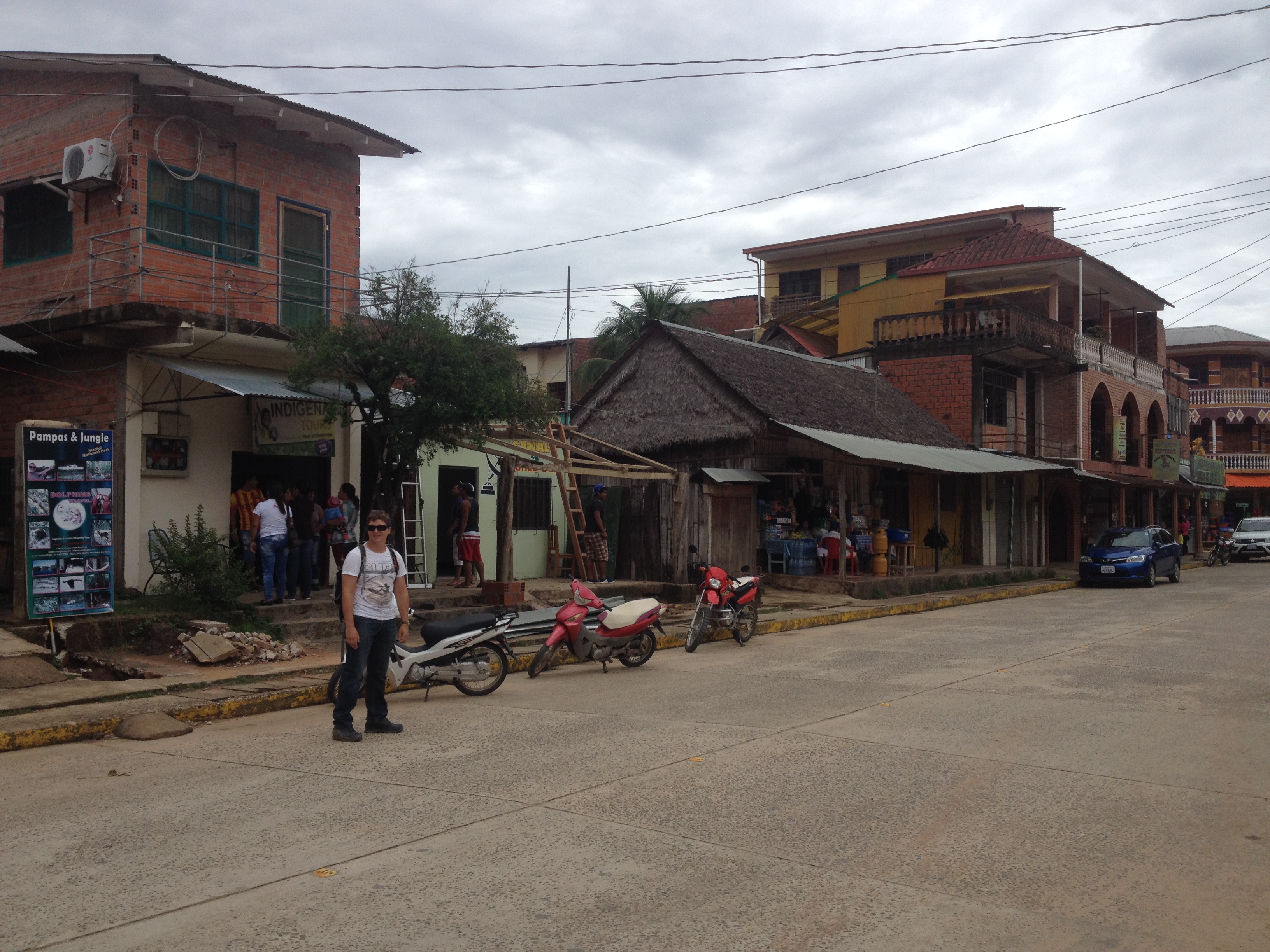
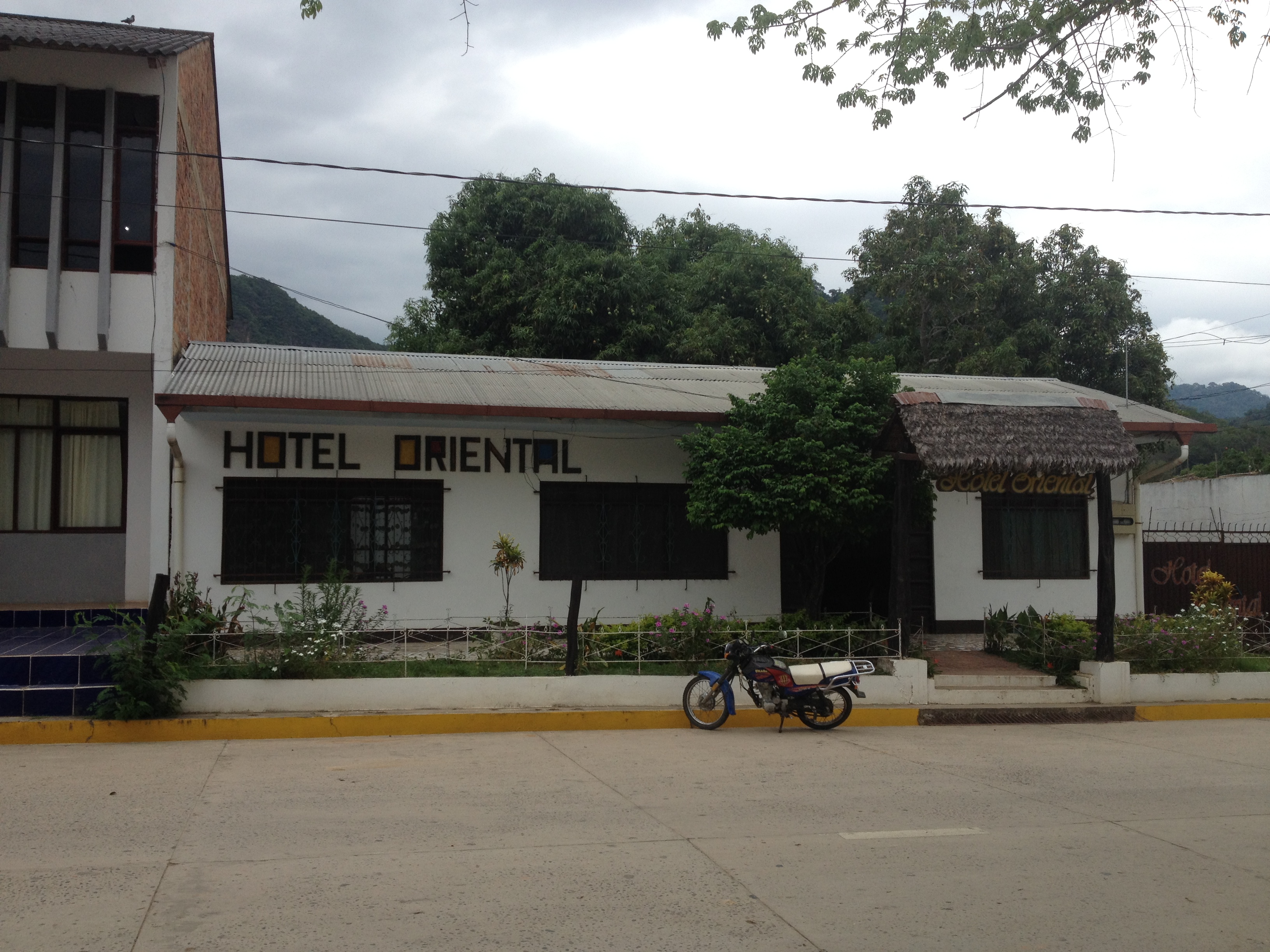
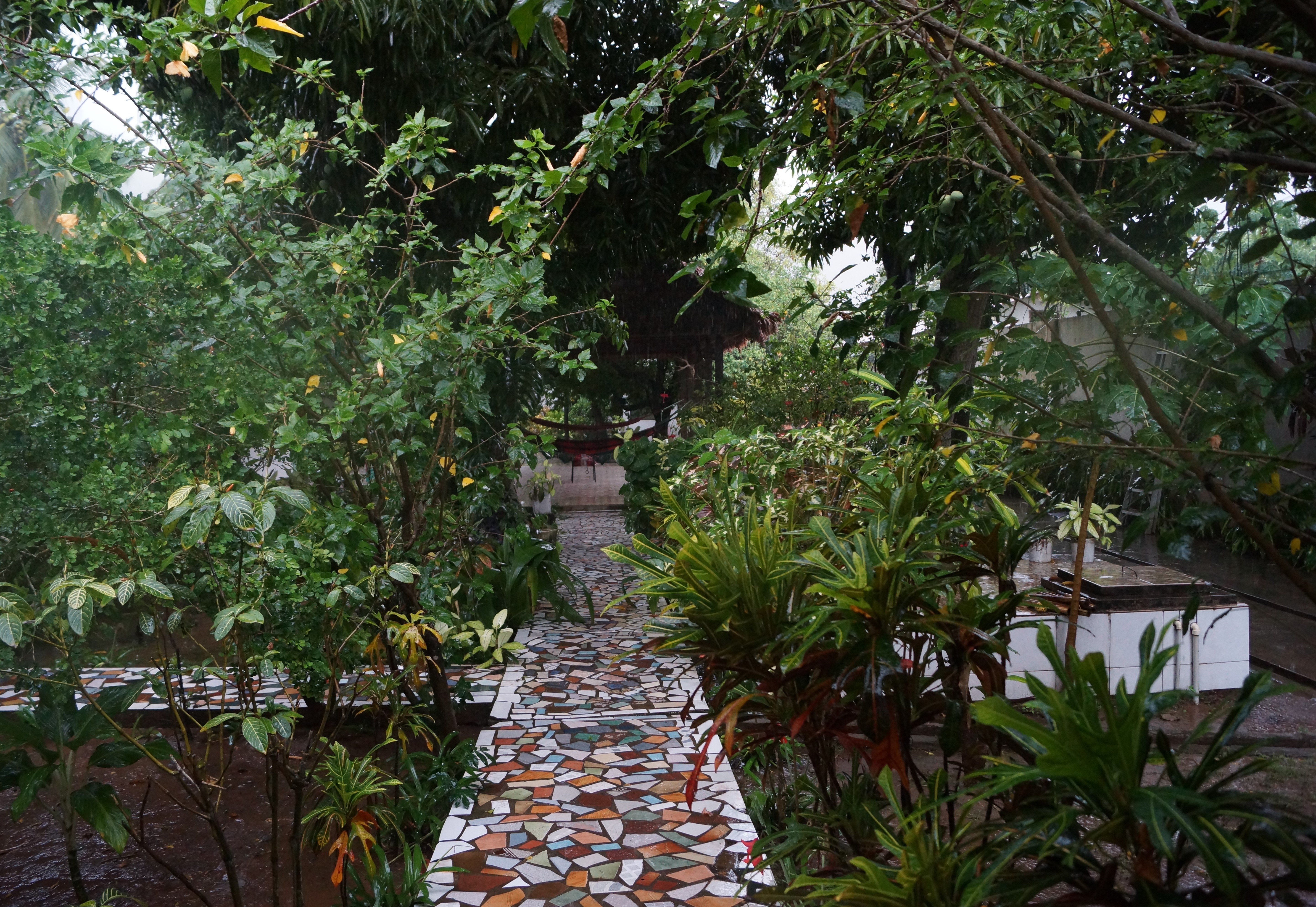 In Rurrenabaque we signed up for a 5 days/4 nights combined jungle and pampas tour at the most reputable agency in town. It turned out that we got the first part of the tour (the jungle) completely for ourselves as nobody else signed up for that day, while the pampas tour had 4 participants including us.
In Rurrenabaque we signed up for a 5 days/4 nights combined jungle and pampas tour at the most reputable agency in town. It turned out that we got the first part of the tour (the jungle) completely for ourselves as nobody else signed up for that day, while the pampas tour had 4 participants including us.
The Jungle
We started our tour in the Madidi National Park, which we reached by boat. Our eco-lodge was about 3 hour boat ride from Rurrenabaque on the bank of the Tuichi River.
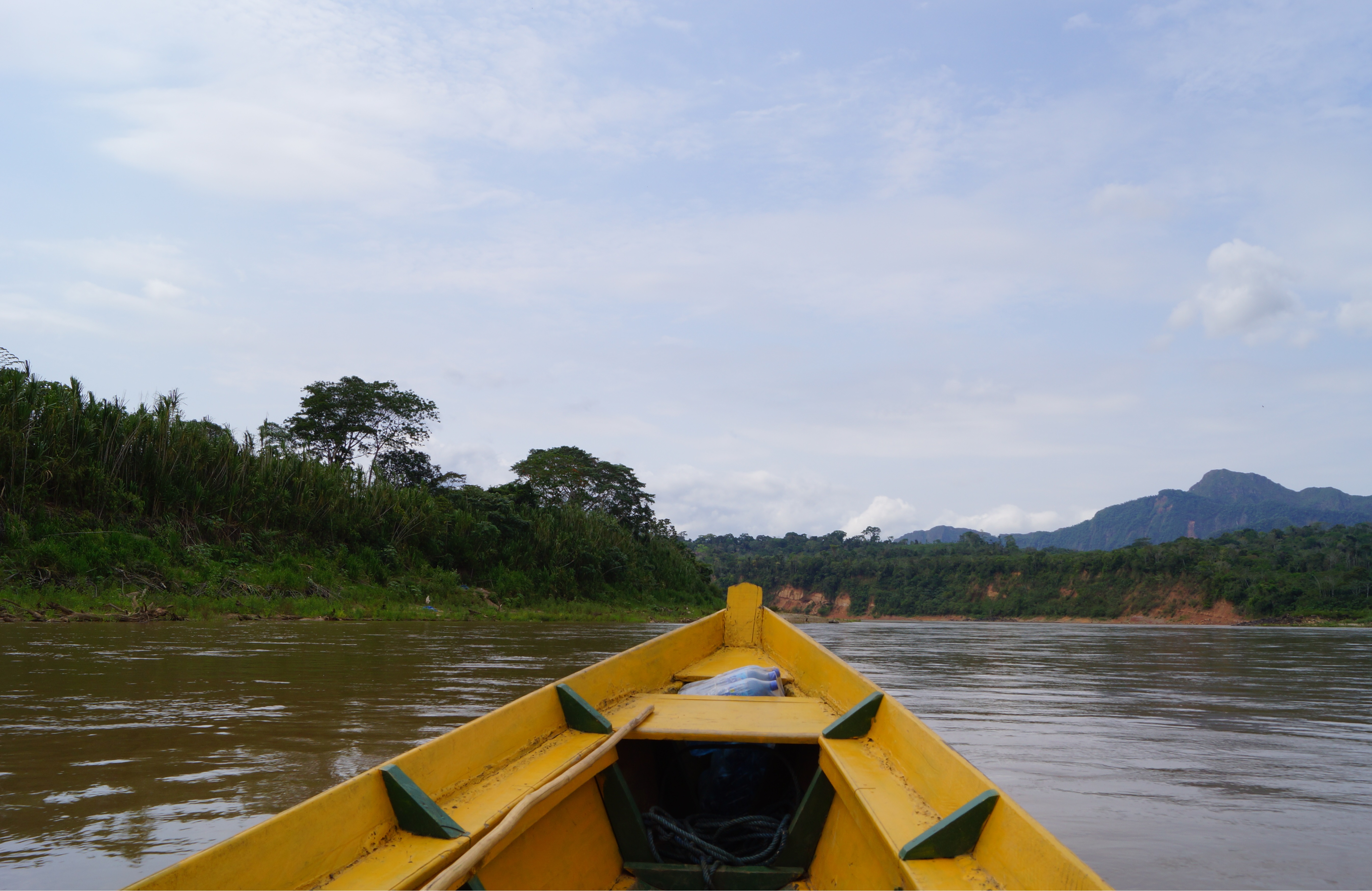
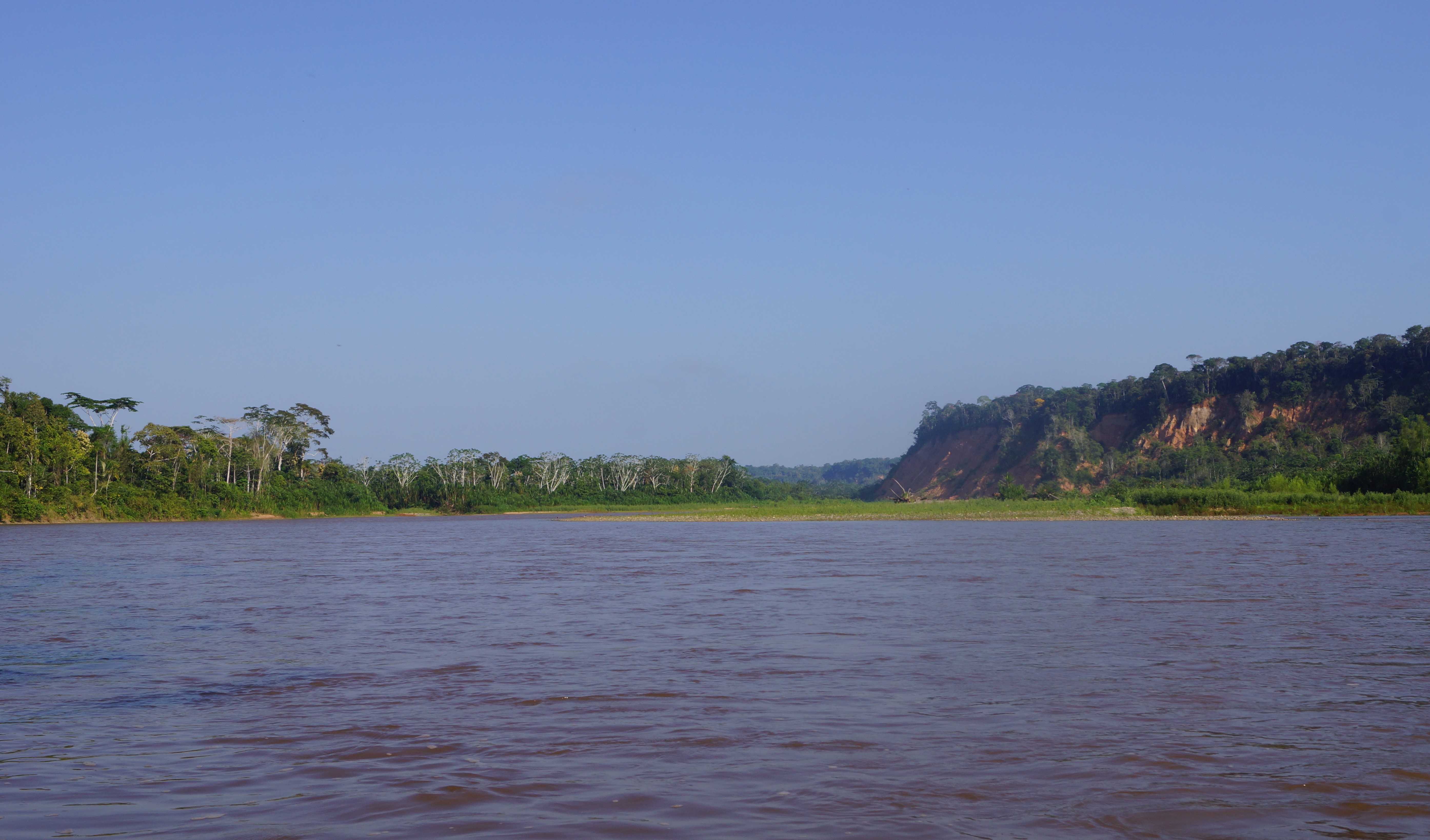

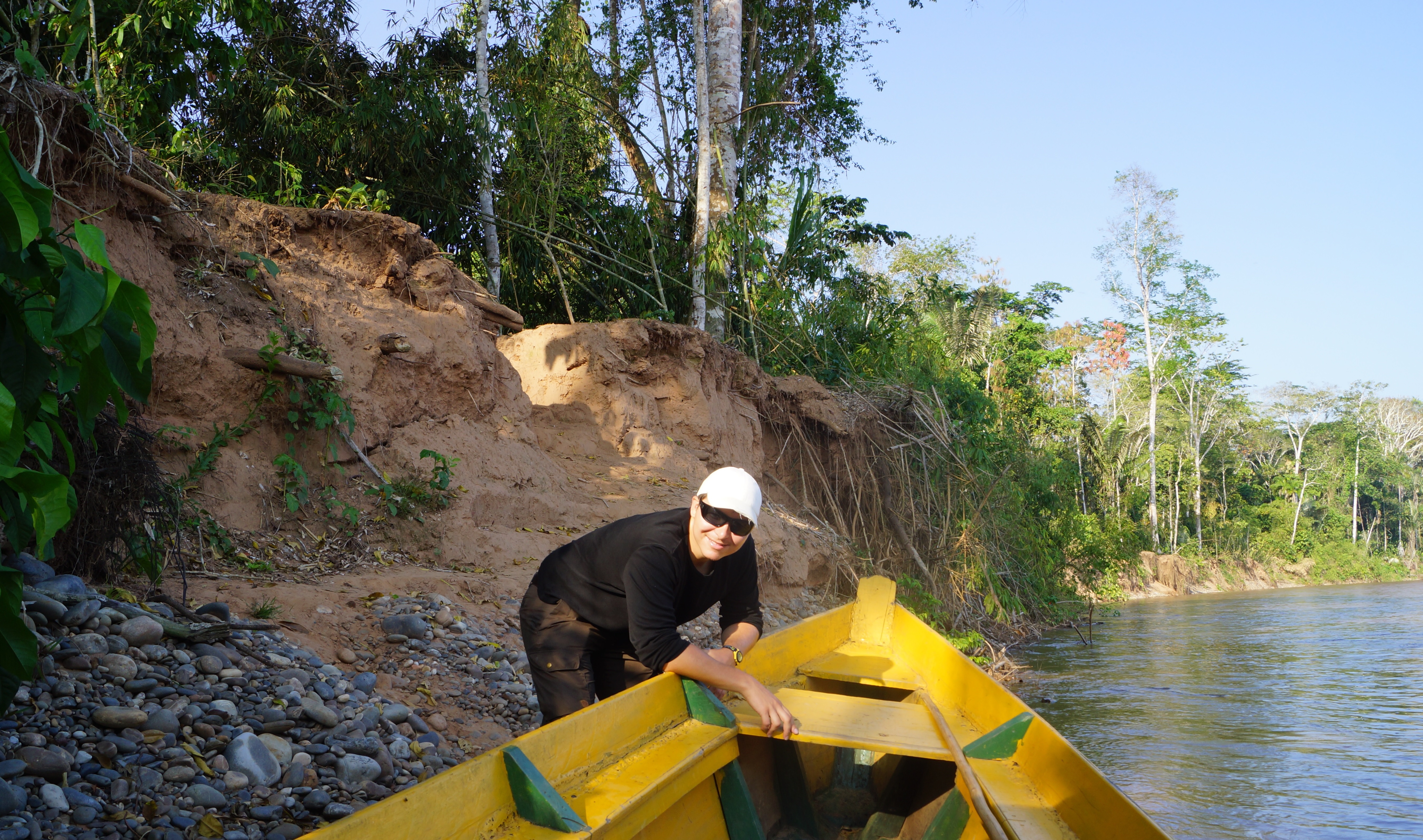 We stayed in the eco-lodge for 2 nights, and did different activities from there with our guide, who was a Native Indian and grew up in the jungle, yet spoke fluent English and was a certified guide.
We stayed in the eco-lodge for 2 nights, and did different activities from there with our guide, who was a Native Indian and grew up in the jungle, yet spoke fluent English and was a certified guide.
At the lodge Kasper got quickly acquainted with a young female, called Gabriella. It was not love at first sight, as the matter of fact Gabriella first wanted to bite Kasper on the leg, but then she - as I did back then - got used to the idea of this cute Dane who cannot keep his hand off her.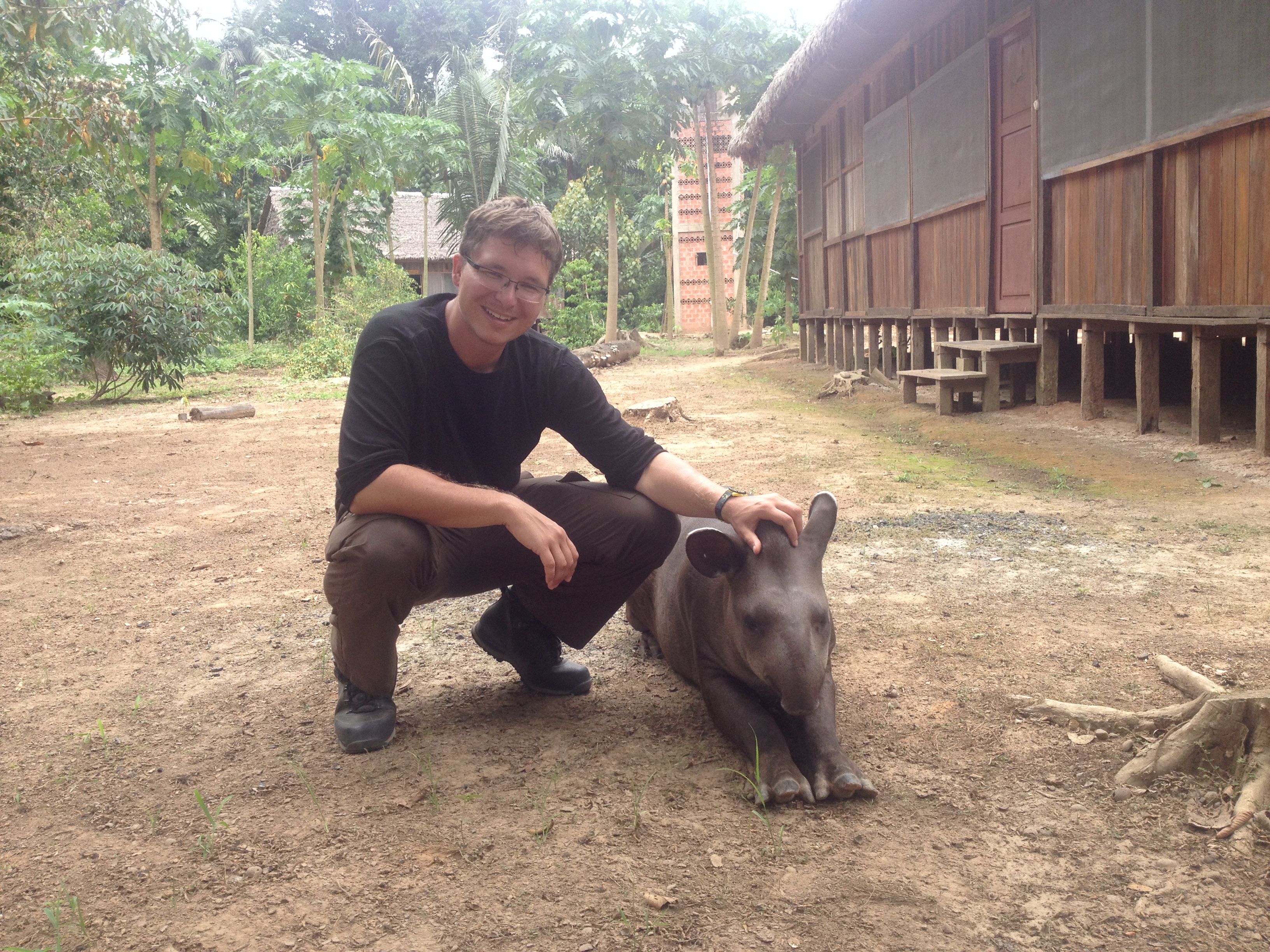
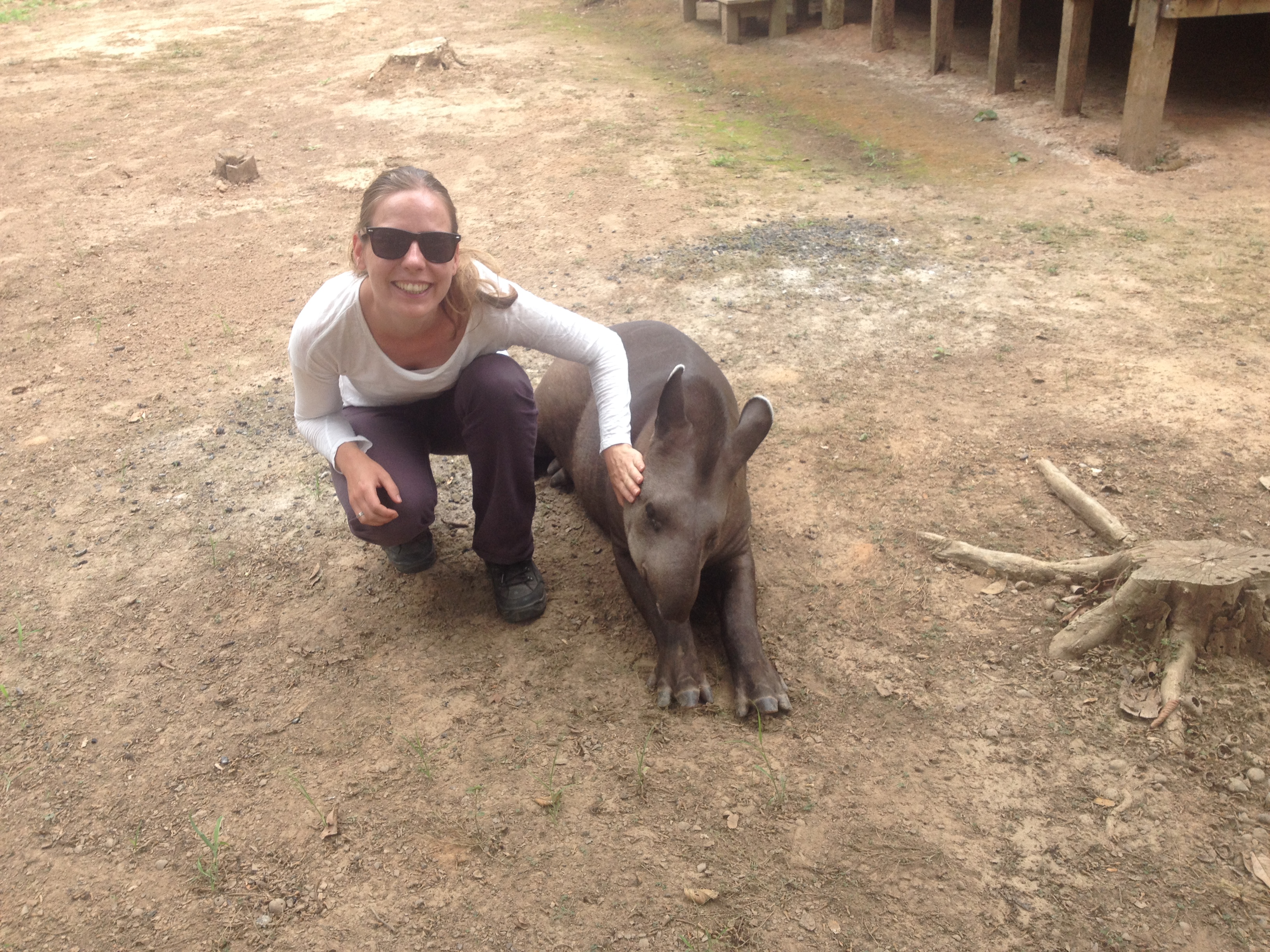
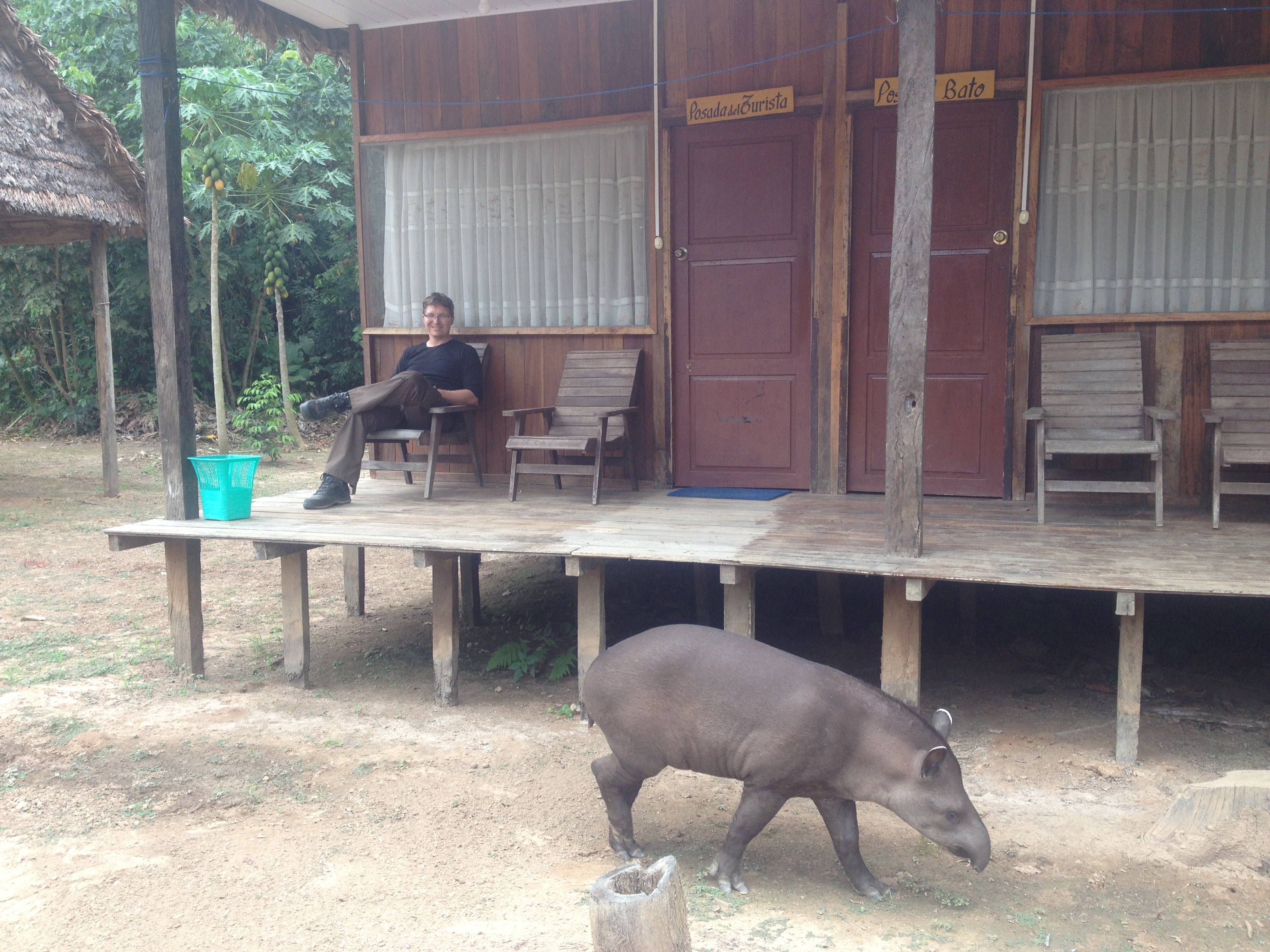
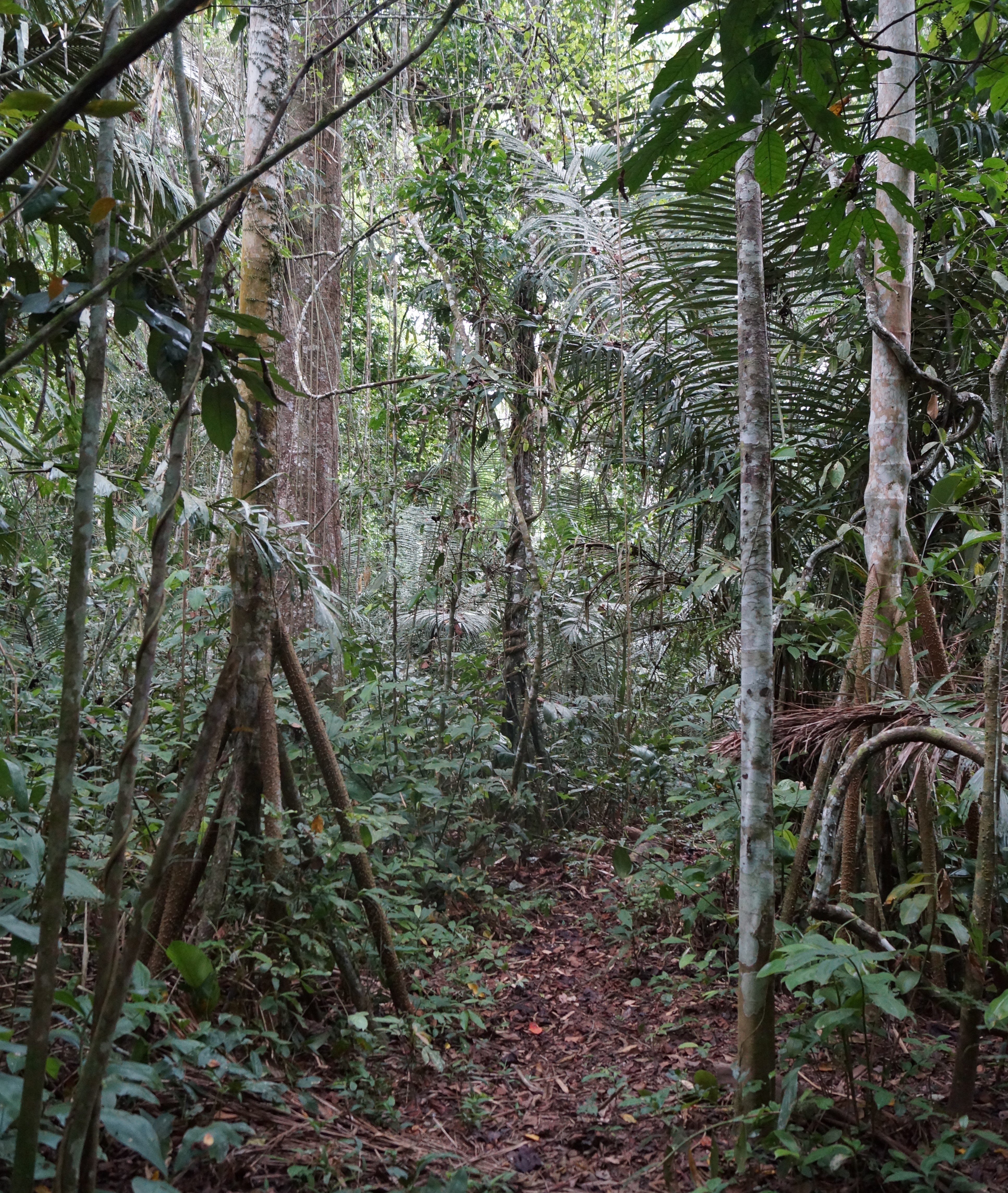
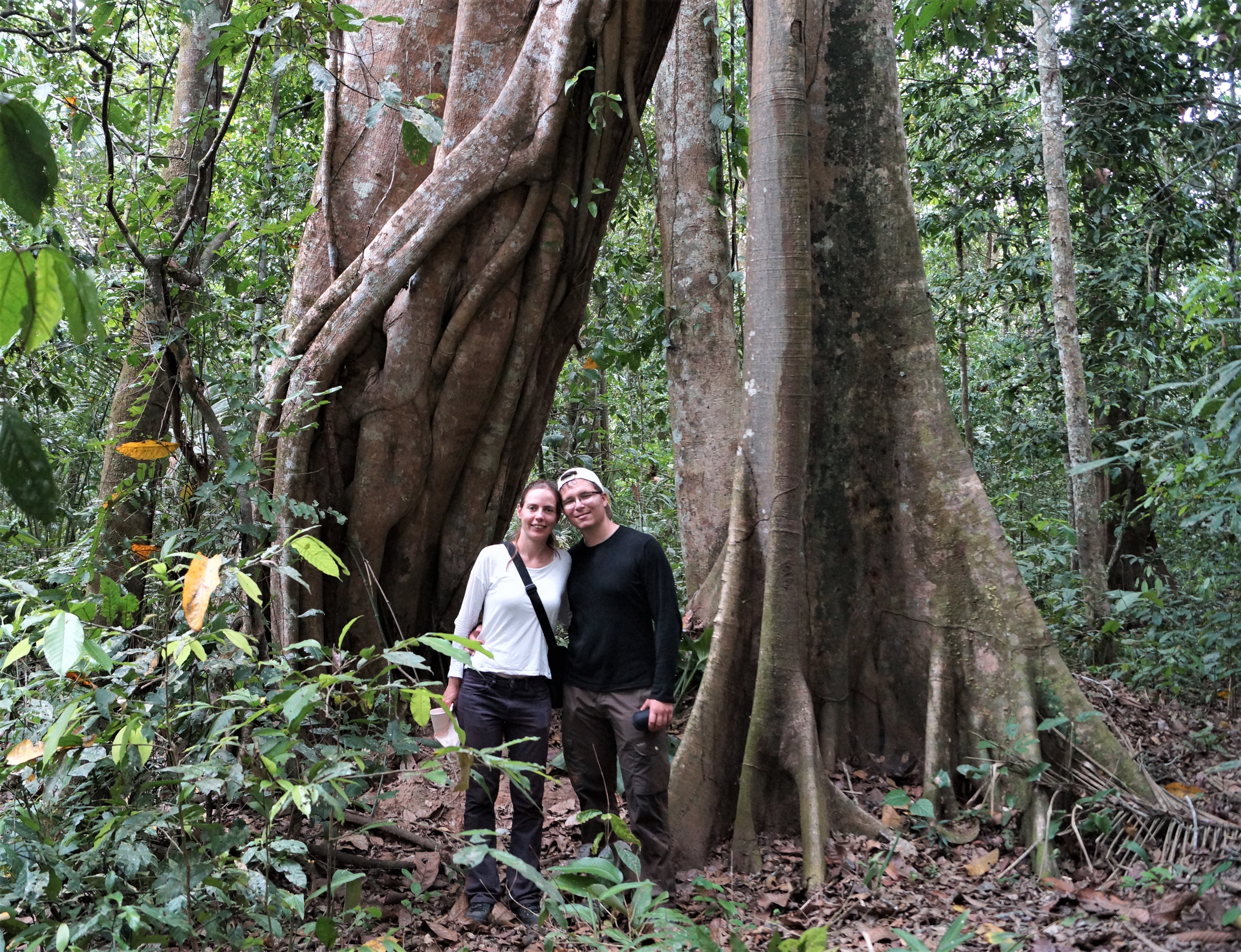
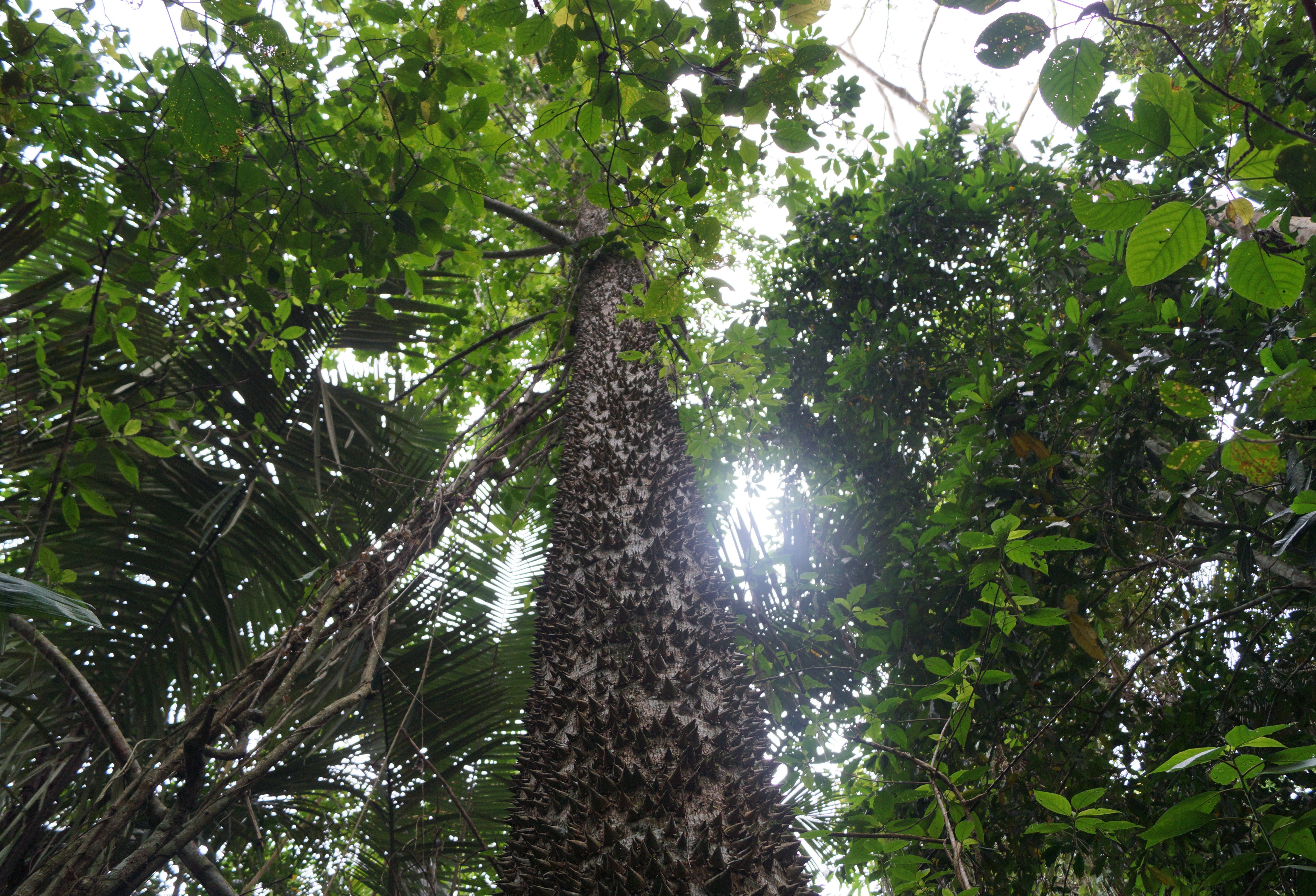 Kasper in front of a walking palm tree; a tree that actually can change its position. Neat, right? And you thought Lord of the Rings was just a fantasy...
Kasper in front of a walking palm tree; a tree that actually can change its position. Neat, right? And you thought Lord of the Rings was just a fantasy...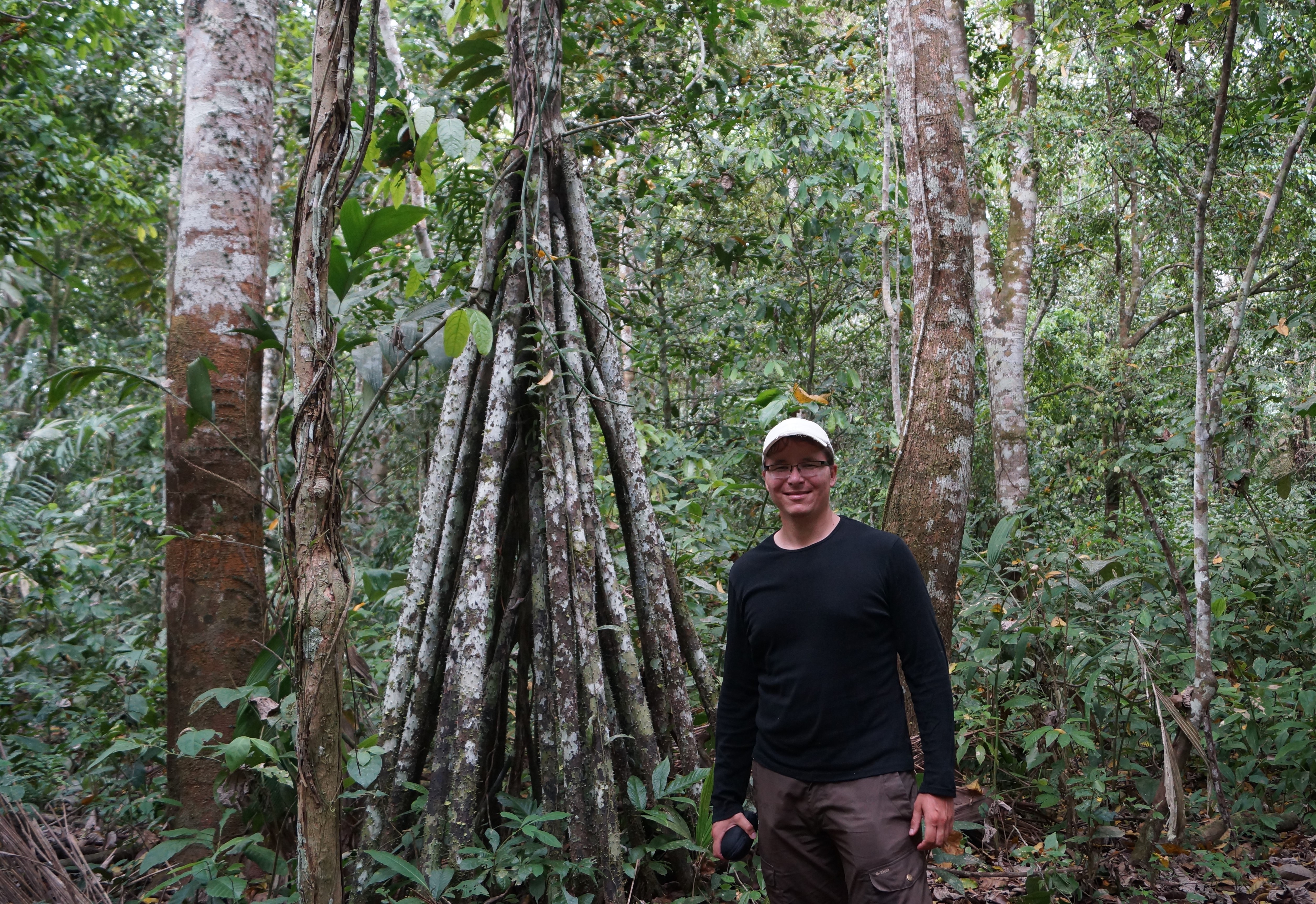 This is a bottle tree, which - according to the locals - swallows those who do not respect the spirit of the jungle.
This is a bottle tree, which - according to the locals - swallows those who do not respect the spirit of the jungle. 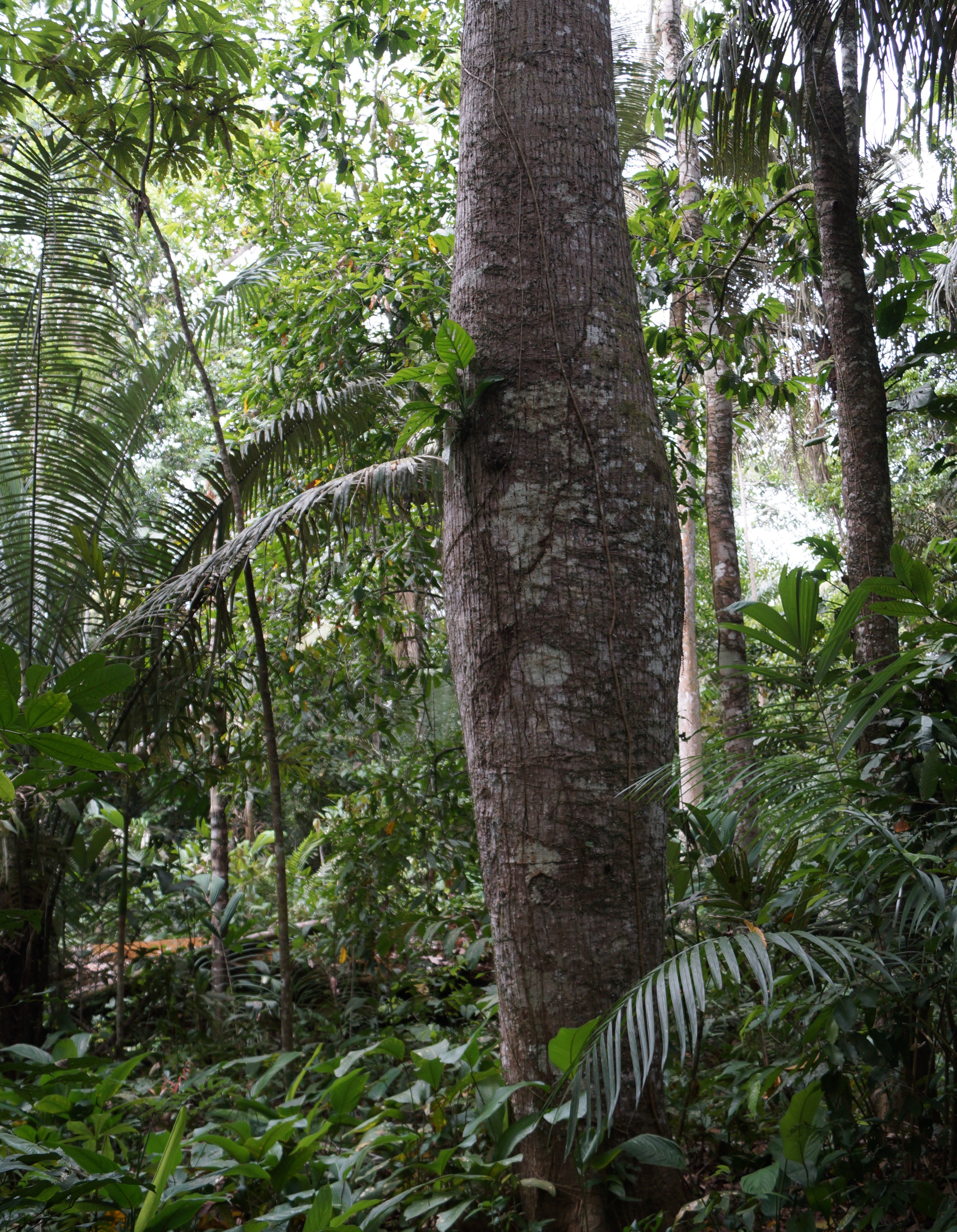 We luckily saw a couple of animals as well during our treks; wild boars, parrots, macaws, toucans and other birds, a snake and many insects.
We luckily saw a couple of animals as well during our treks; wild boars, parrots, macaws, toucans and other birds, a snake and many insects. Wild boars are extremely stinky animals, their stink is much worse than a regular pig's smell; it actually burns your eyes. They release their strong smell when they are frightened; it is a kind of a defense mechanism. And boy, they were very frightened of us.
Wild boars are extremely stinky animals, their stink is much worse than a regular pig's smell; it actually burns your eyes. They release their strong smell when they are frightened; it is a kind of a defense mechanism. And boy, they were very frightened of us.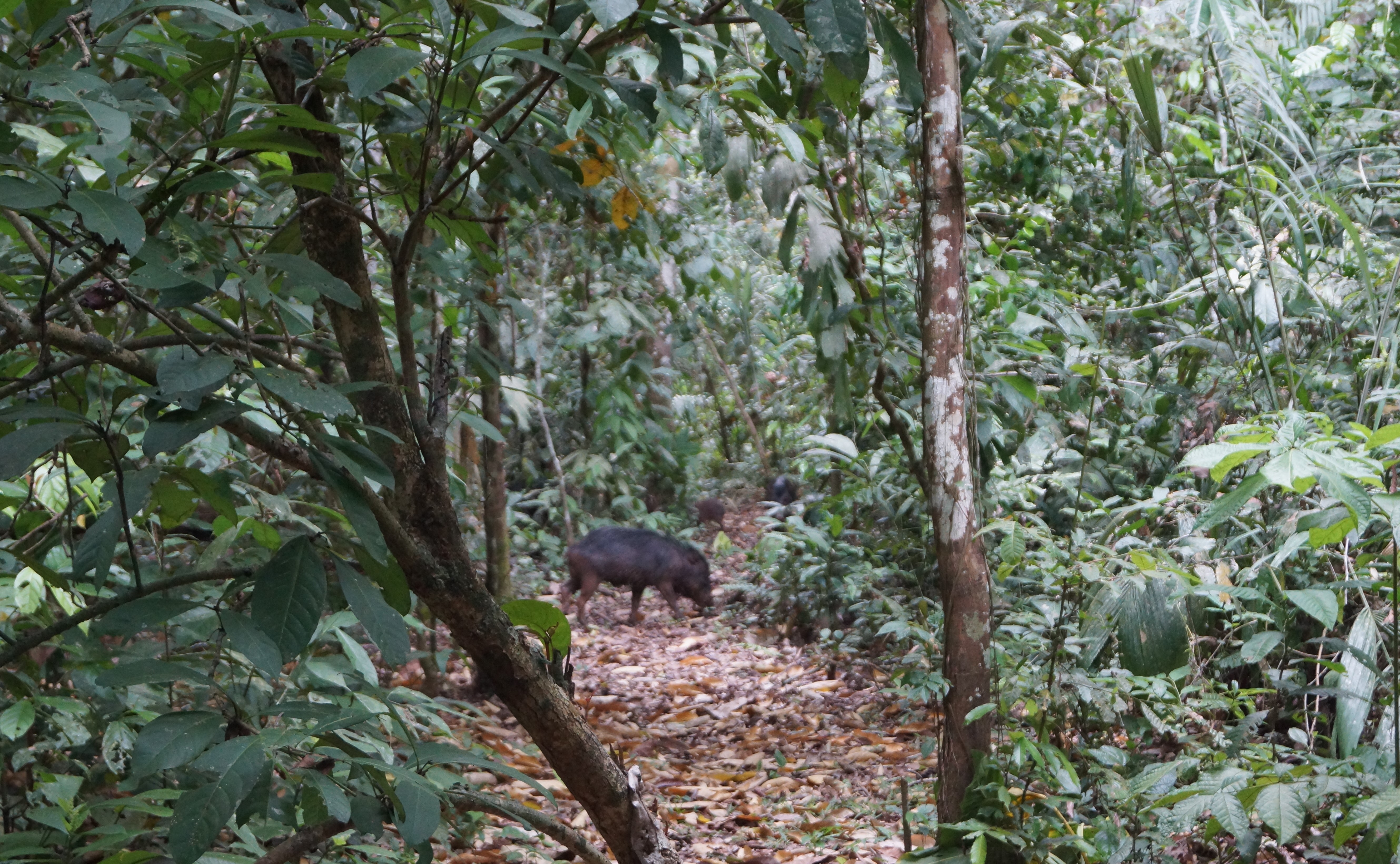 Macaws were flying over our head.
Macaws were flying over our head.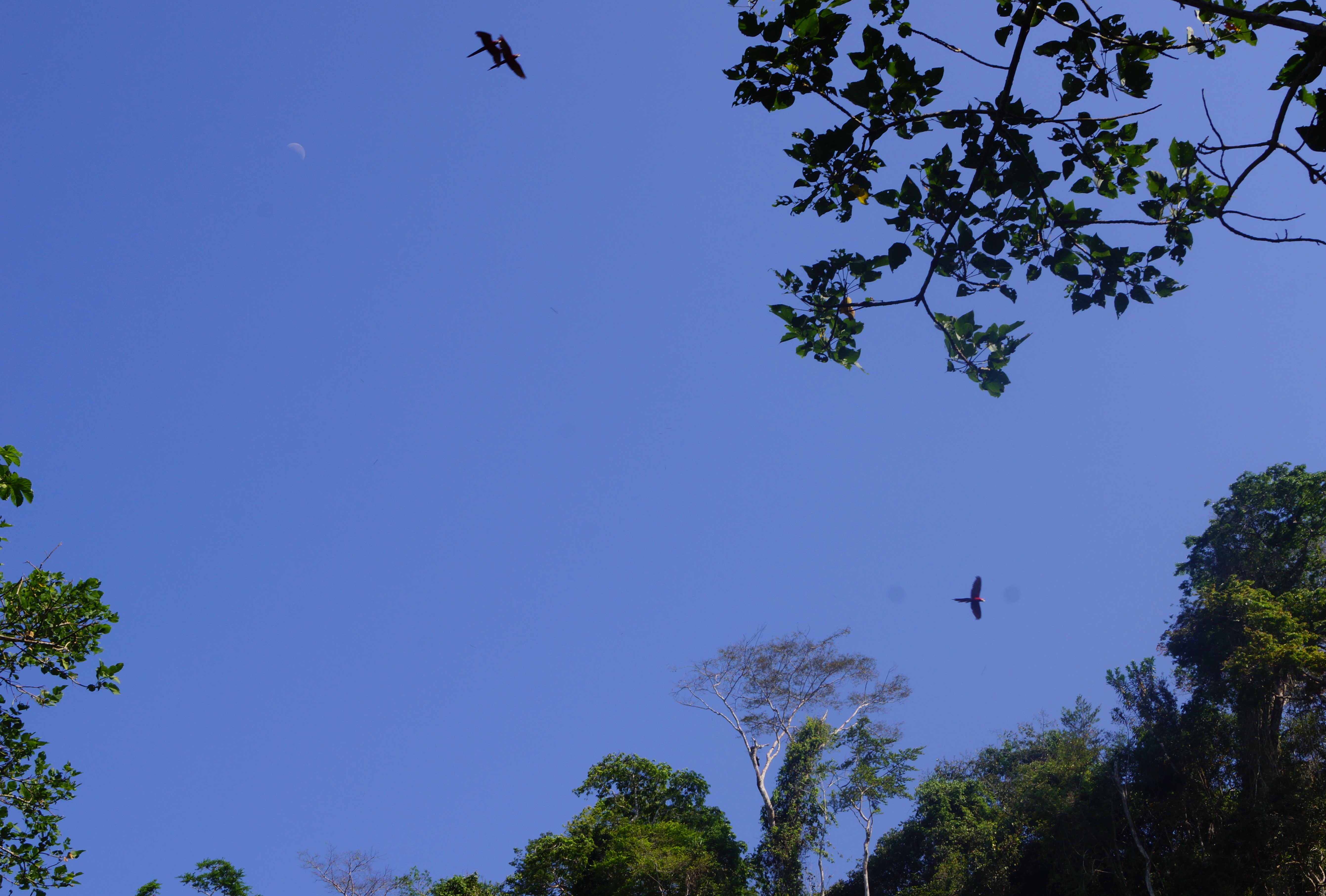 The best spot to see the macaws was at this cliff, where they come to lick the minerals from the rock.
The best spot to see the macaws was at this cliff, where they come to lick the minerals from the rock. We walked up to an observation platform overlooking the cliff providing us with an amazing view of Madidi National Park and excellent spot to observe the macaws.
We walked up to an observation platform overlooking the cliff providing us with an amazing view of Madidi National Park and excellent spot to observe the macaws.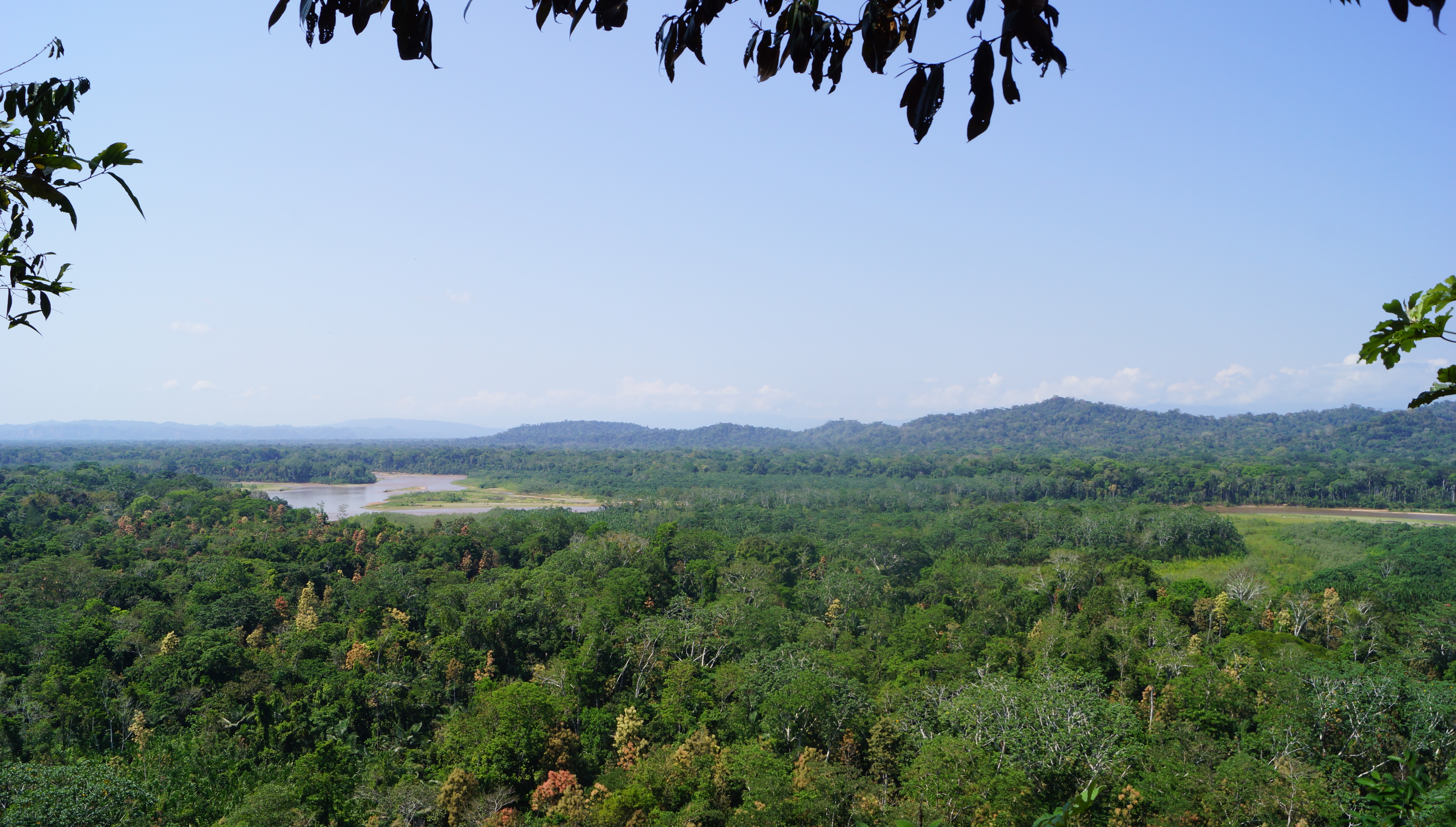
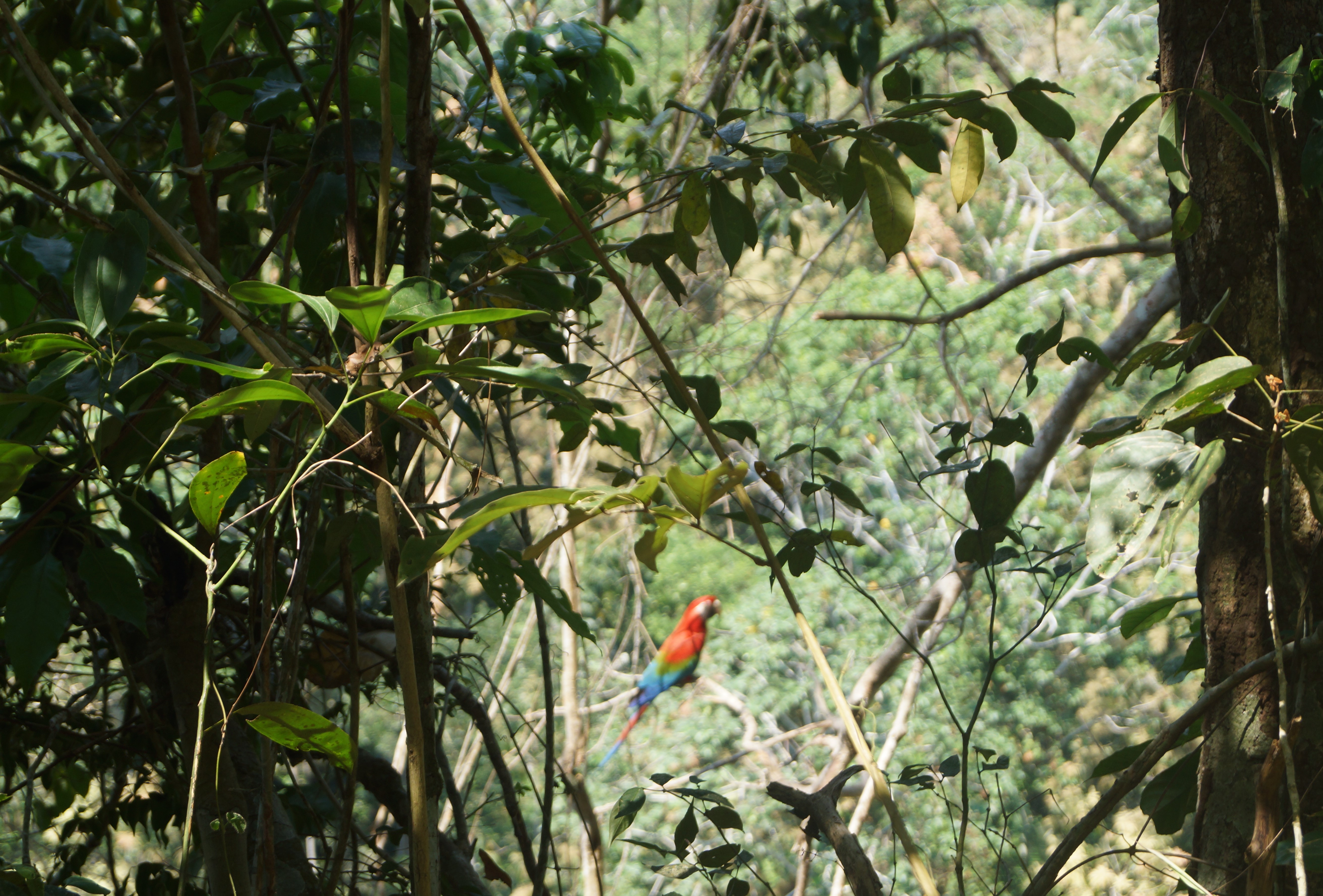 The Pampas
The Pampas
The pampas are a wetland savannah on the edge of the Amazon basin, where it is much easier to spot wildlife due to the lack of trees. 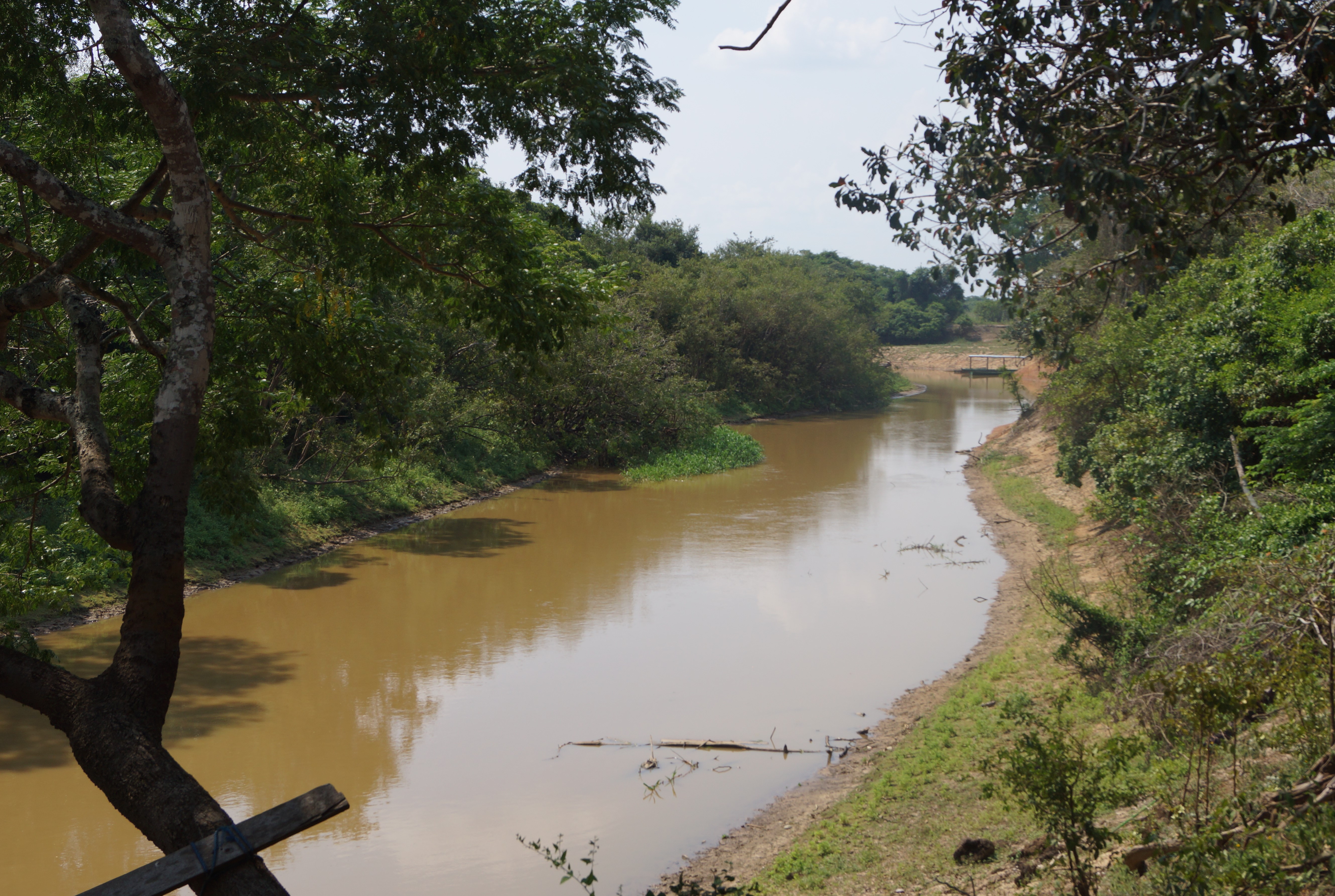 Our eco-lodge in the pampas was "just" a bumpy three-hour jeep ride away from Rurrenabaque.
Our eco-lodge in the pampas was "just" a bumpy three-hour jeep ride away from Rurrenabaque. 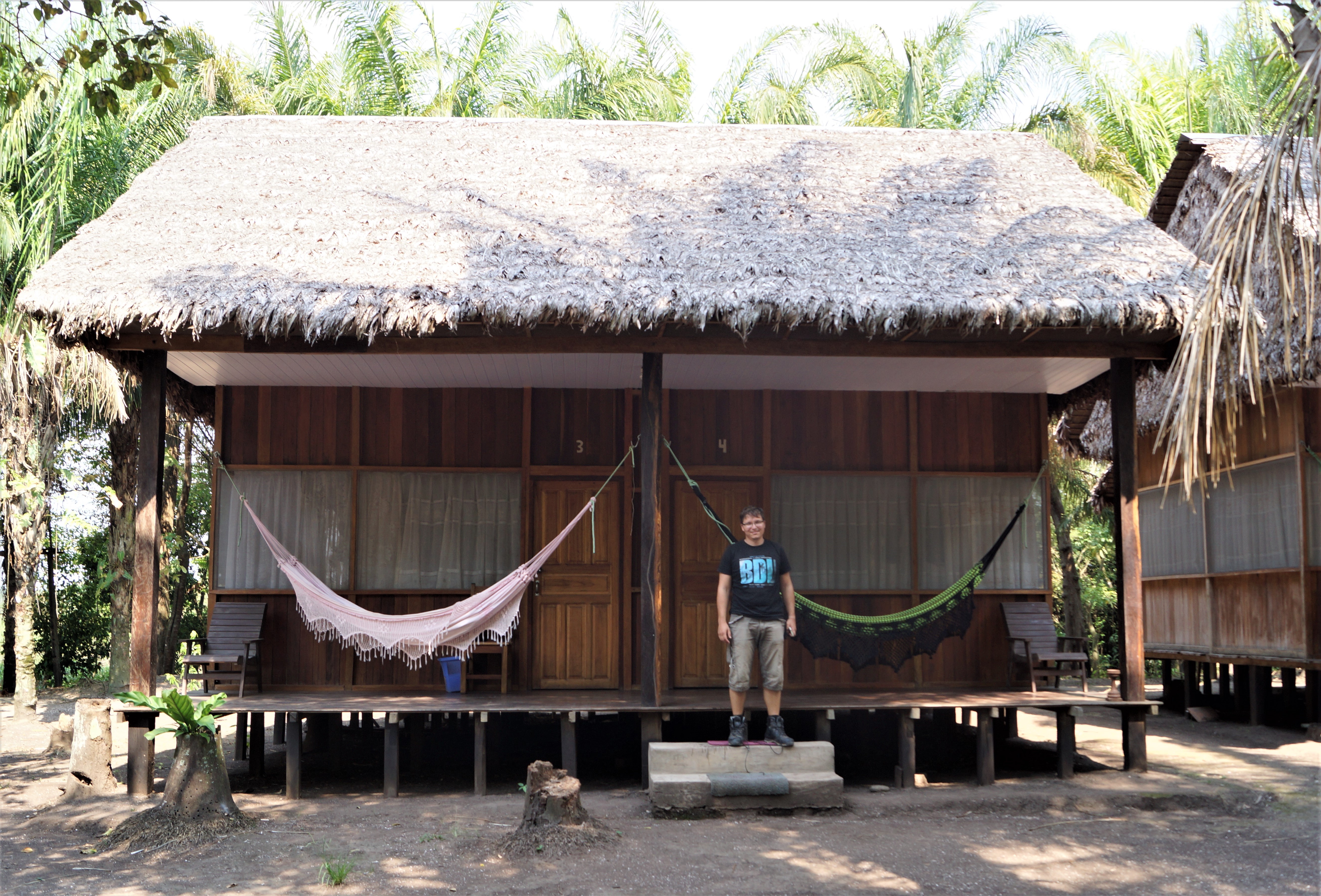 The lodge had a peaceful setting among the trees with plenty of wildlife-spotting opportunities; in the mornings we woke up to the sounds of howler monkeys, and on our first night I spotted this cutie stealing mangos from the tree in front of our lodge.
The lodge had a peaceful setting among the trees with plenty of wildlife-spotting opportunities; in the mornings we woke up to the sounds of howler monkeys, and on our first night I spotted this cutie stealing mangos from the tree in front of our lodge.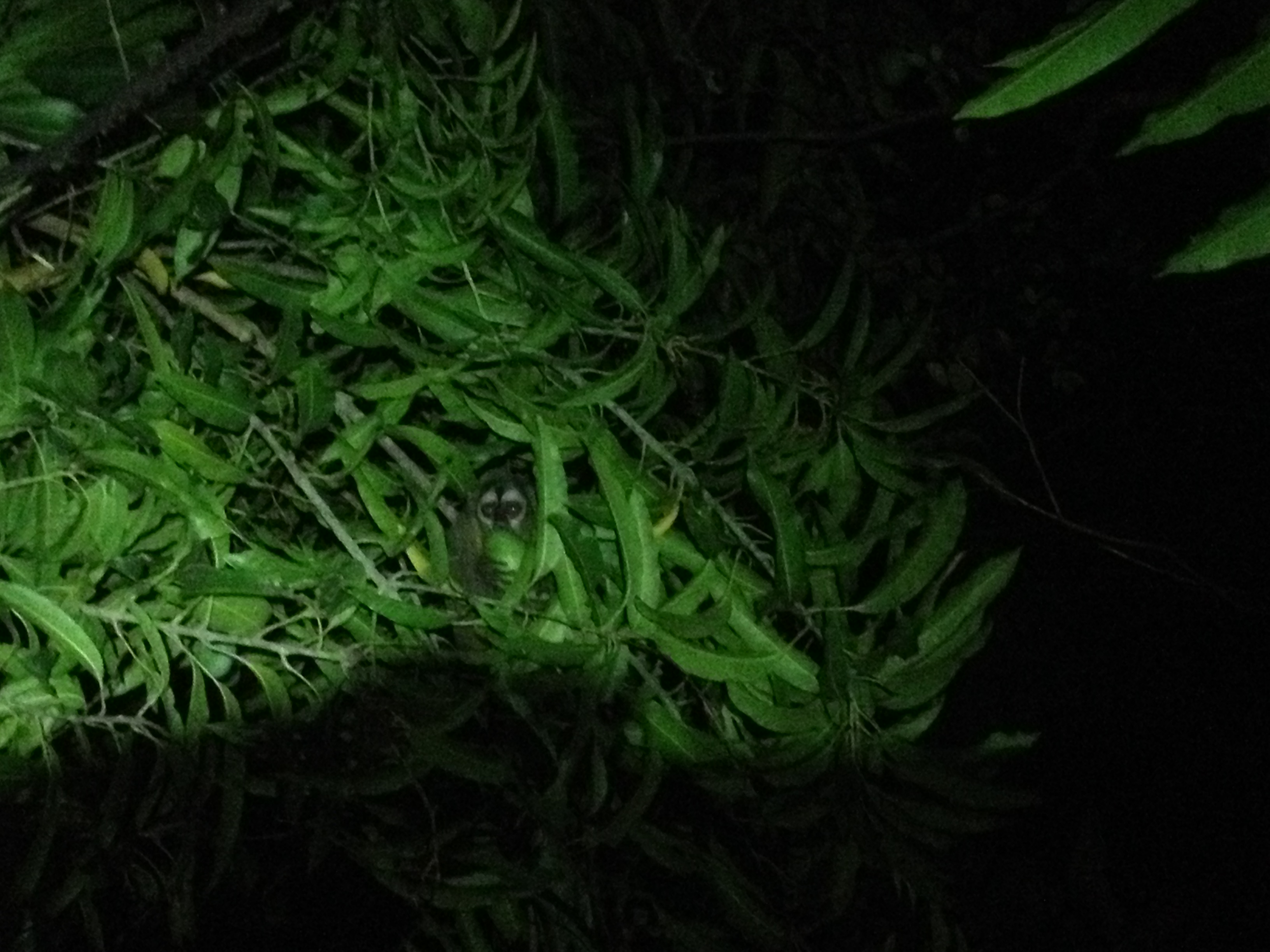
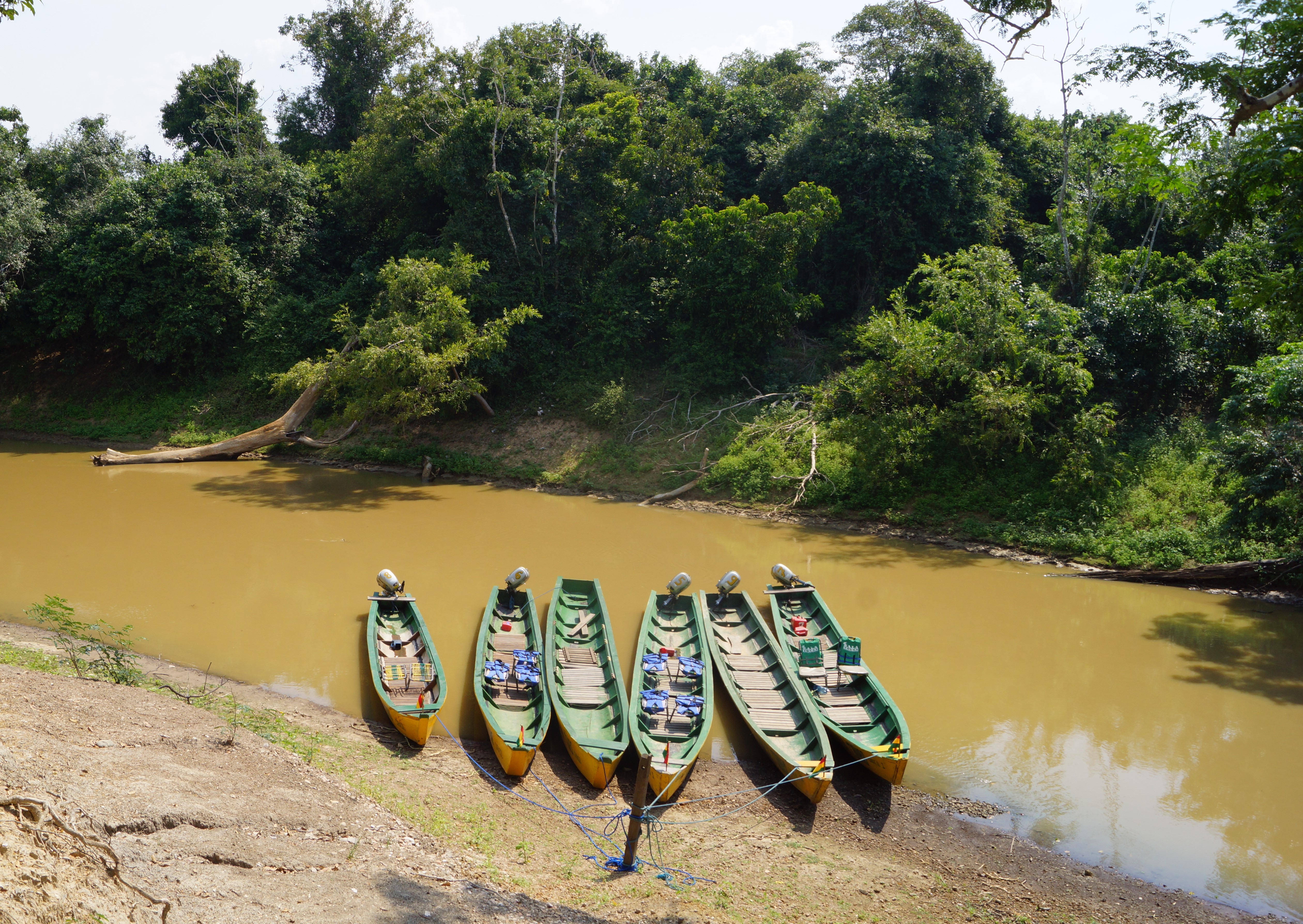 The canoe tours were amazing; we got up close to a great amount of wildlife: hundreds of caymans, many different birds, pink freshwater dolphins, entire families of capybara (giant semi-aquatic rodents), turtles sunbathing on logs, and trees full of tiny yellow squirrel monkeys.
The canoe tours were amazing; we got up close to a great amount of wildlife: hundreds of caymans, many different birds, pink freshwater dolphins, entire families of capybara (giant semi-aquatic rodents), turtles sunbathing on logs, and trees full of tiny yellow squirrel monkeys.
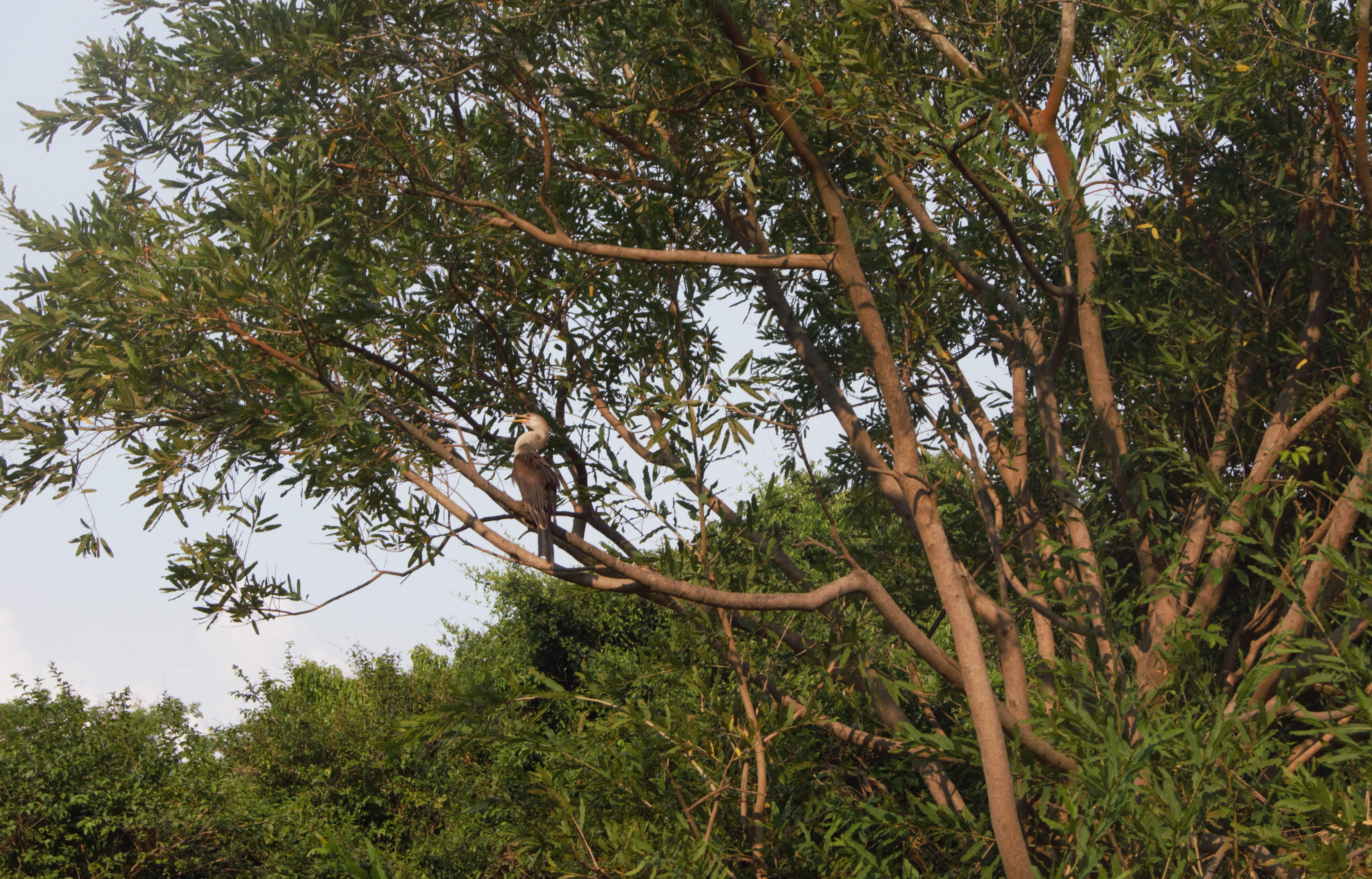
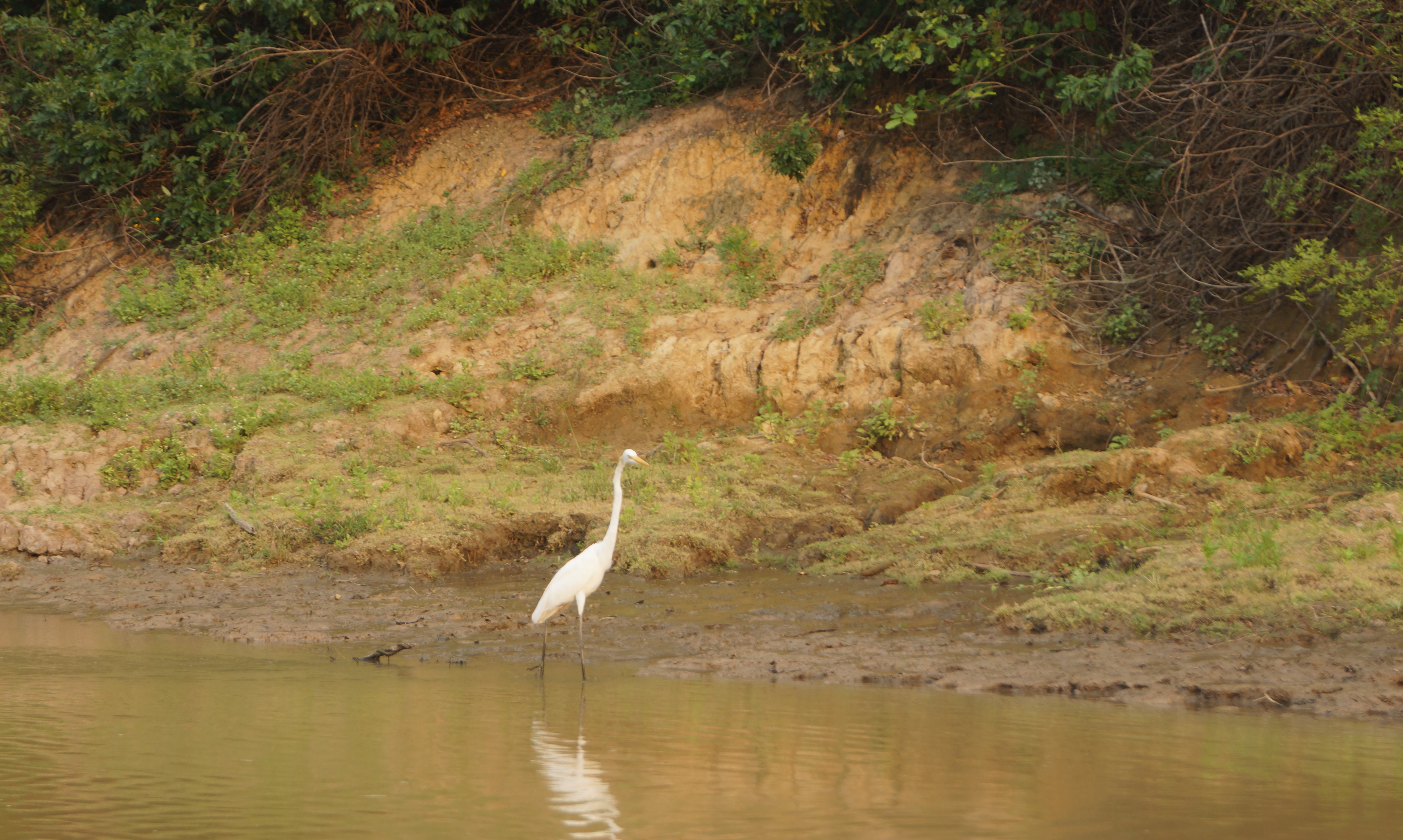
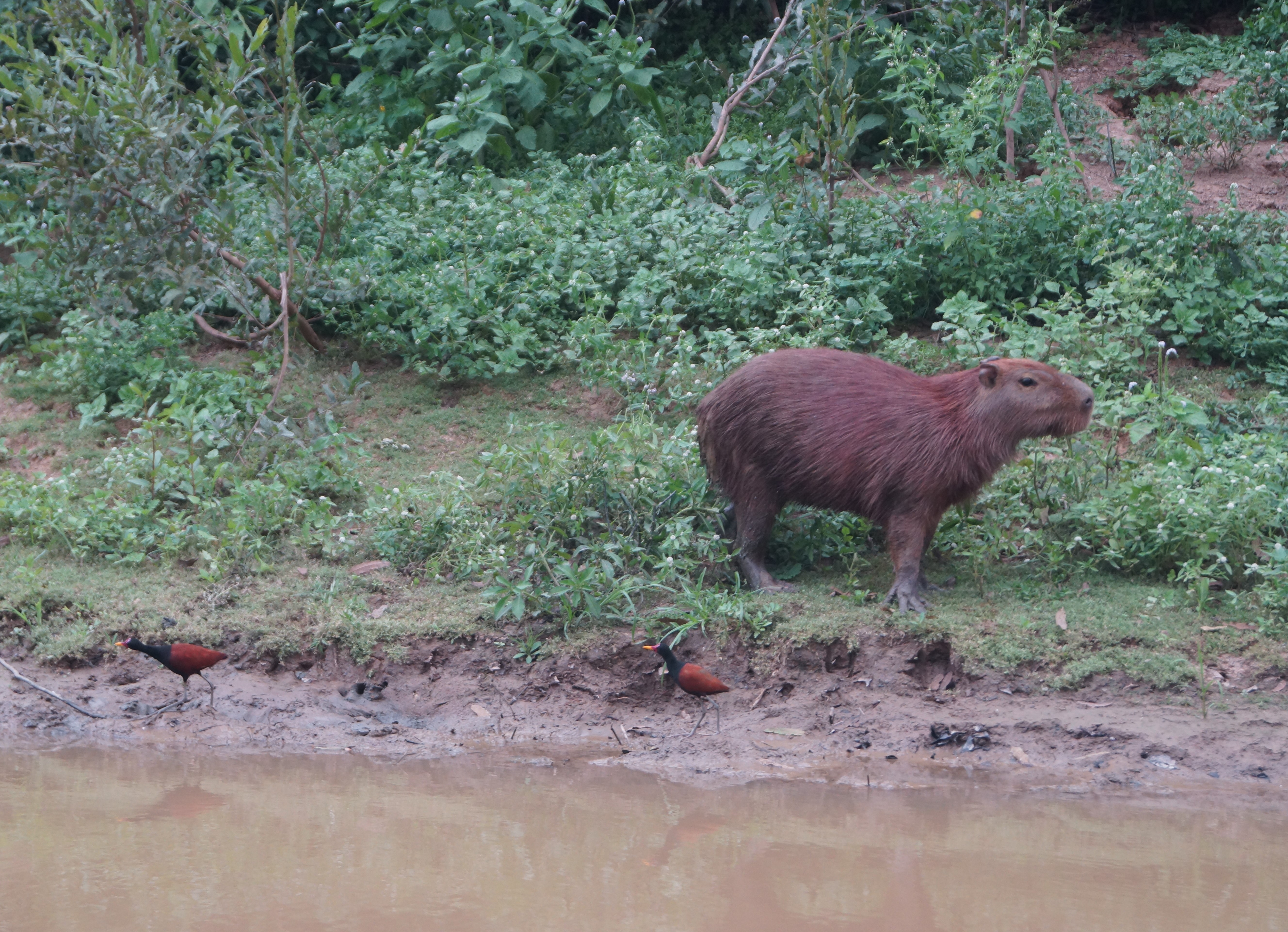
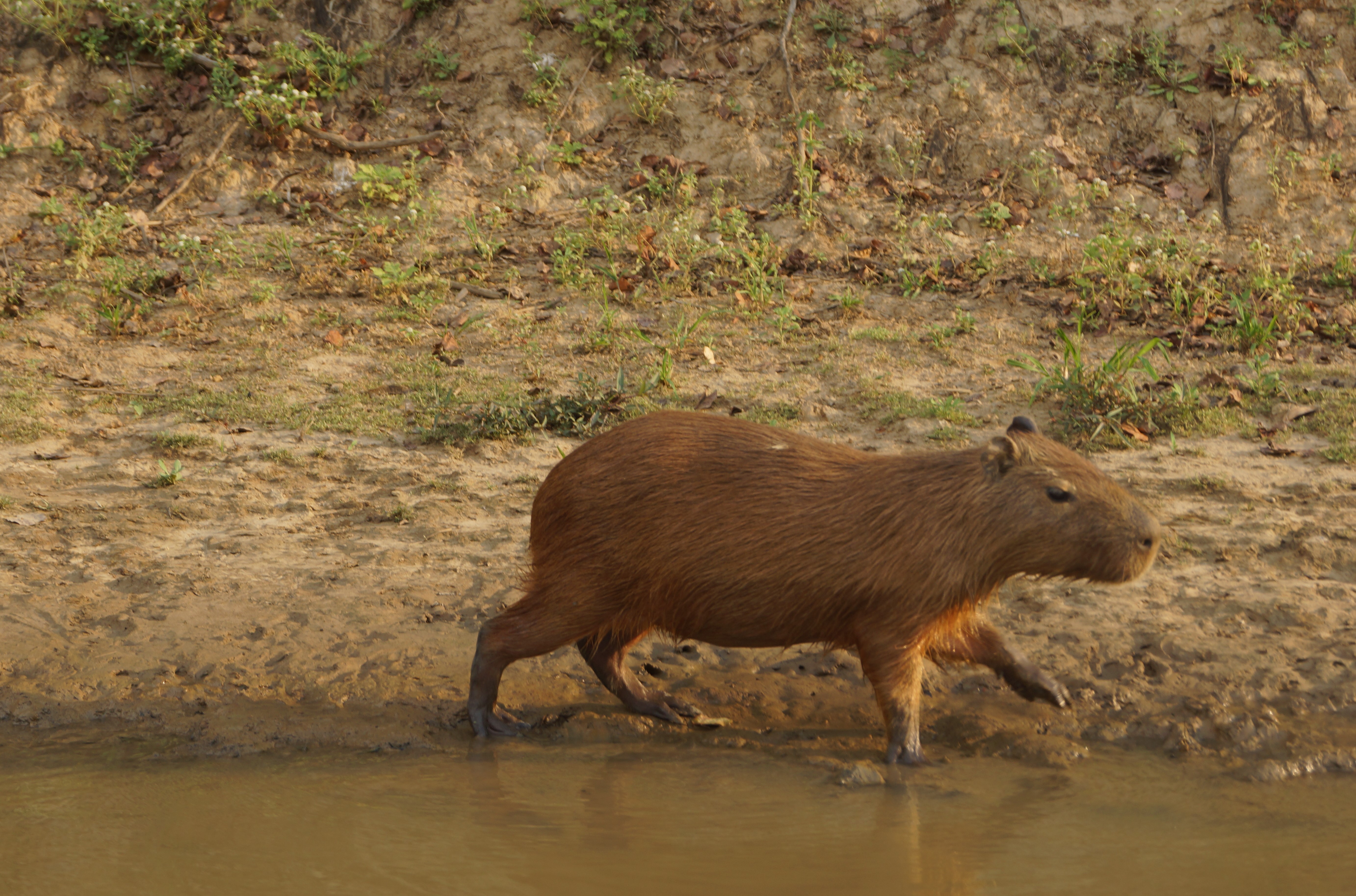
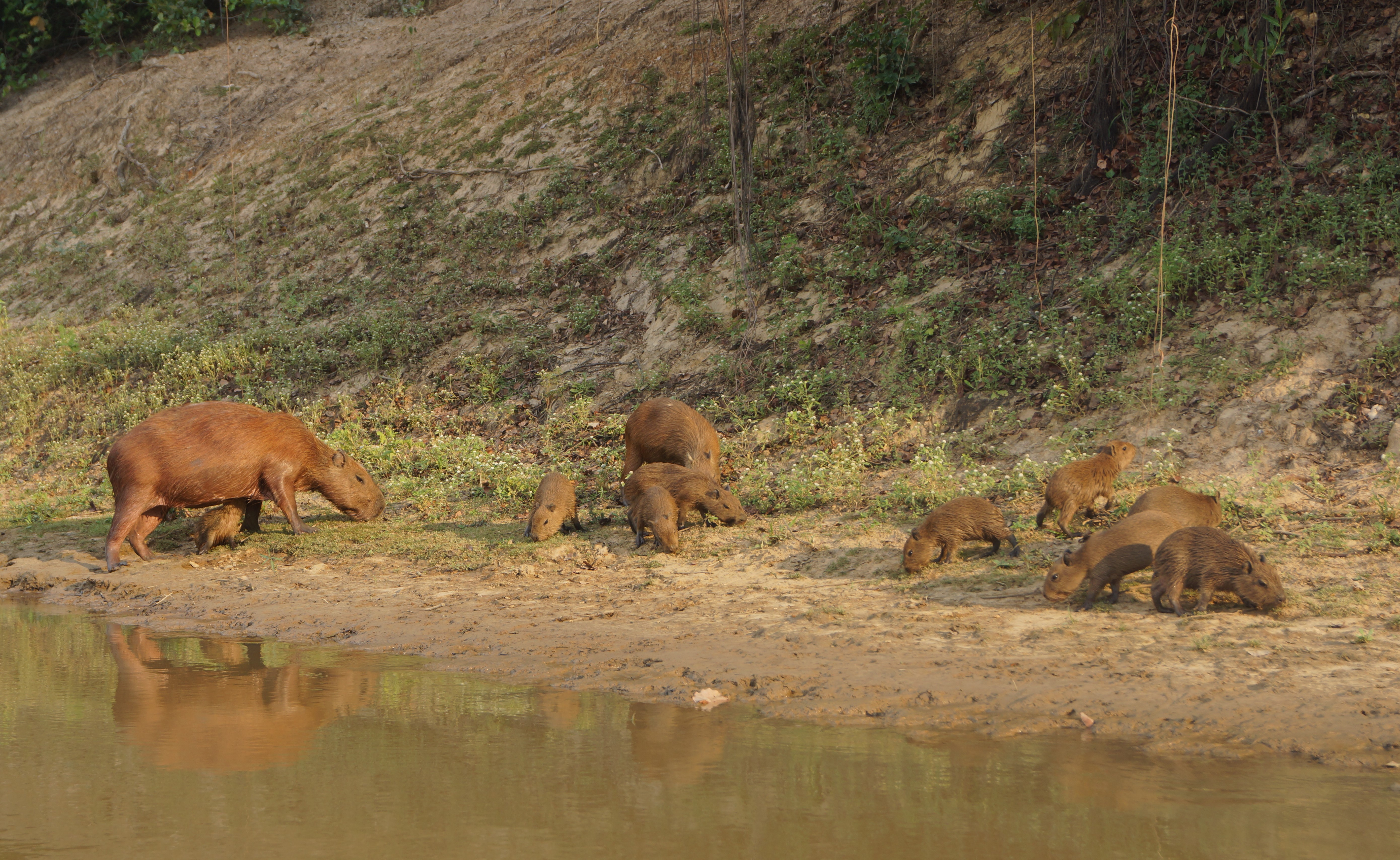


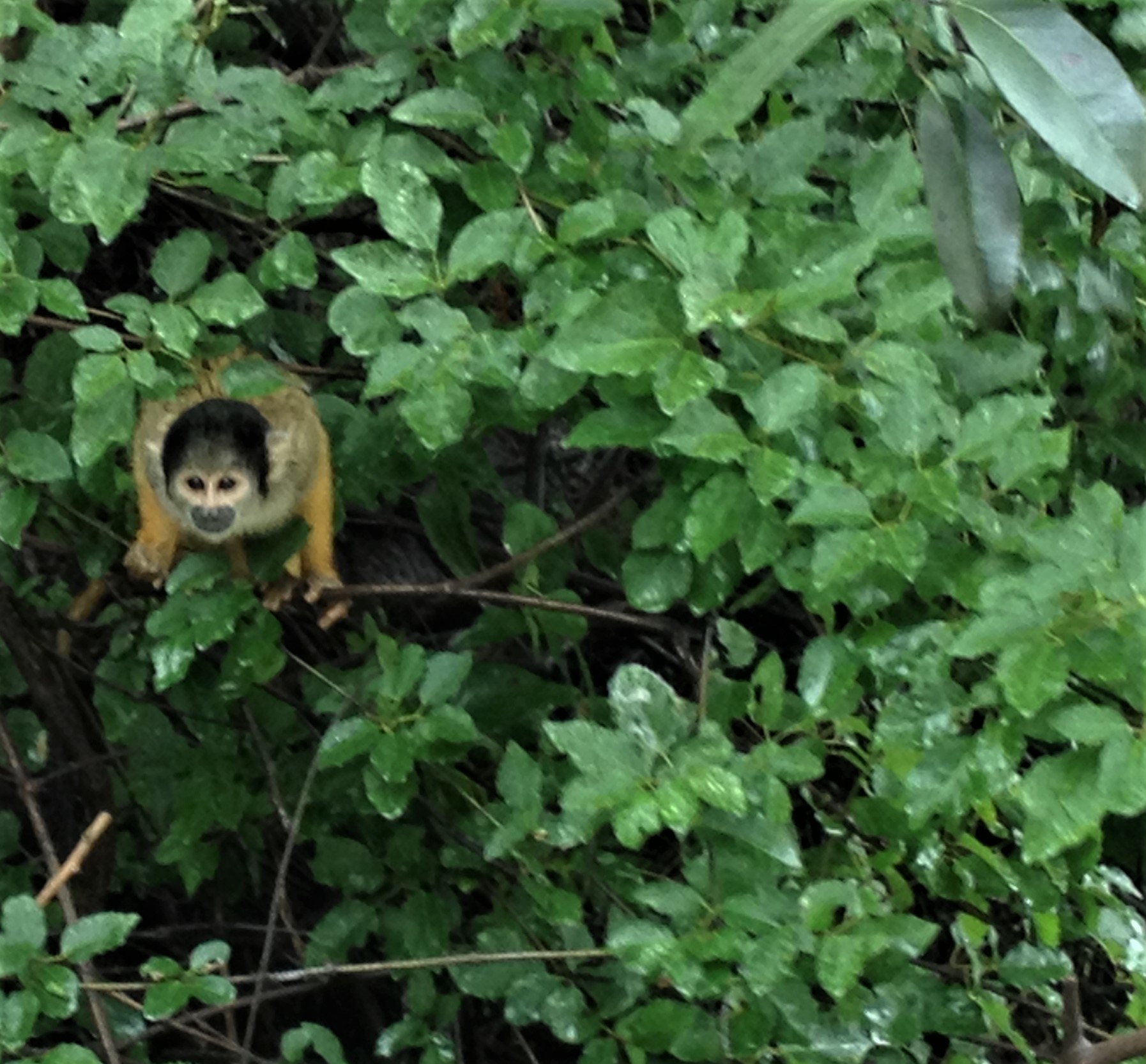 After the fantastic wildlife watching we sailed off into the sunset.
After the fantastic wildlife watching we sailed off into the sunset. The next day we put on some rubber boots and went to look for the mighty anaconda, First, we looked high and low for the snake in this swampy area...
The next day we put on some rubber boots and went to look for the mighty anaconda, First, we looked high and low for the snake in this swampy area...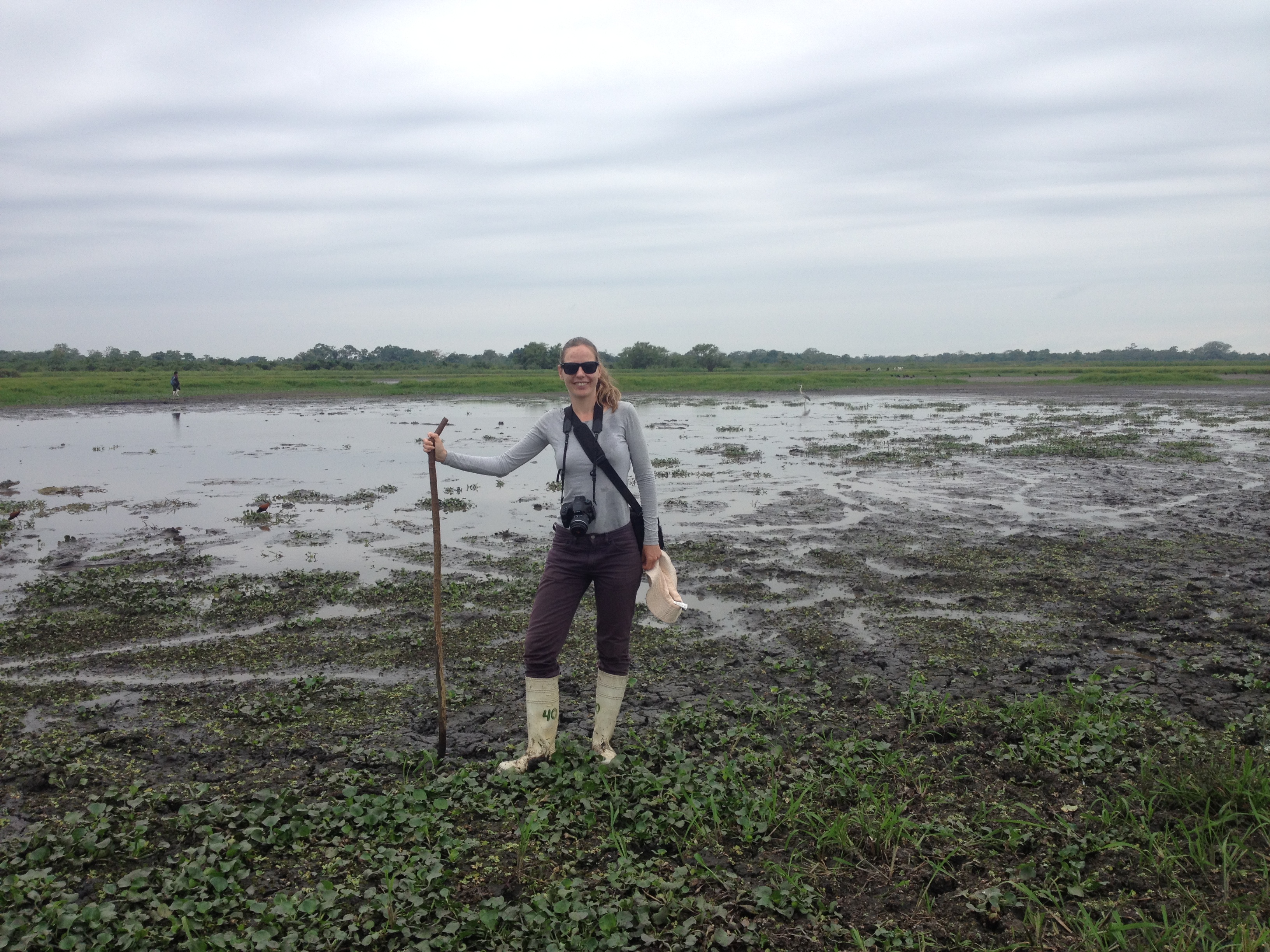
 ...but with no luck, the mighty anaconda was nowhere to be found that day.
...but with no luck, the mighty anaconda was nowhere to be found that day.
The afternoon activity was piraña fishing, but I guess Kasper did not understand the exercise, because the only fish he caught was this terrible beast.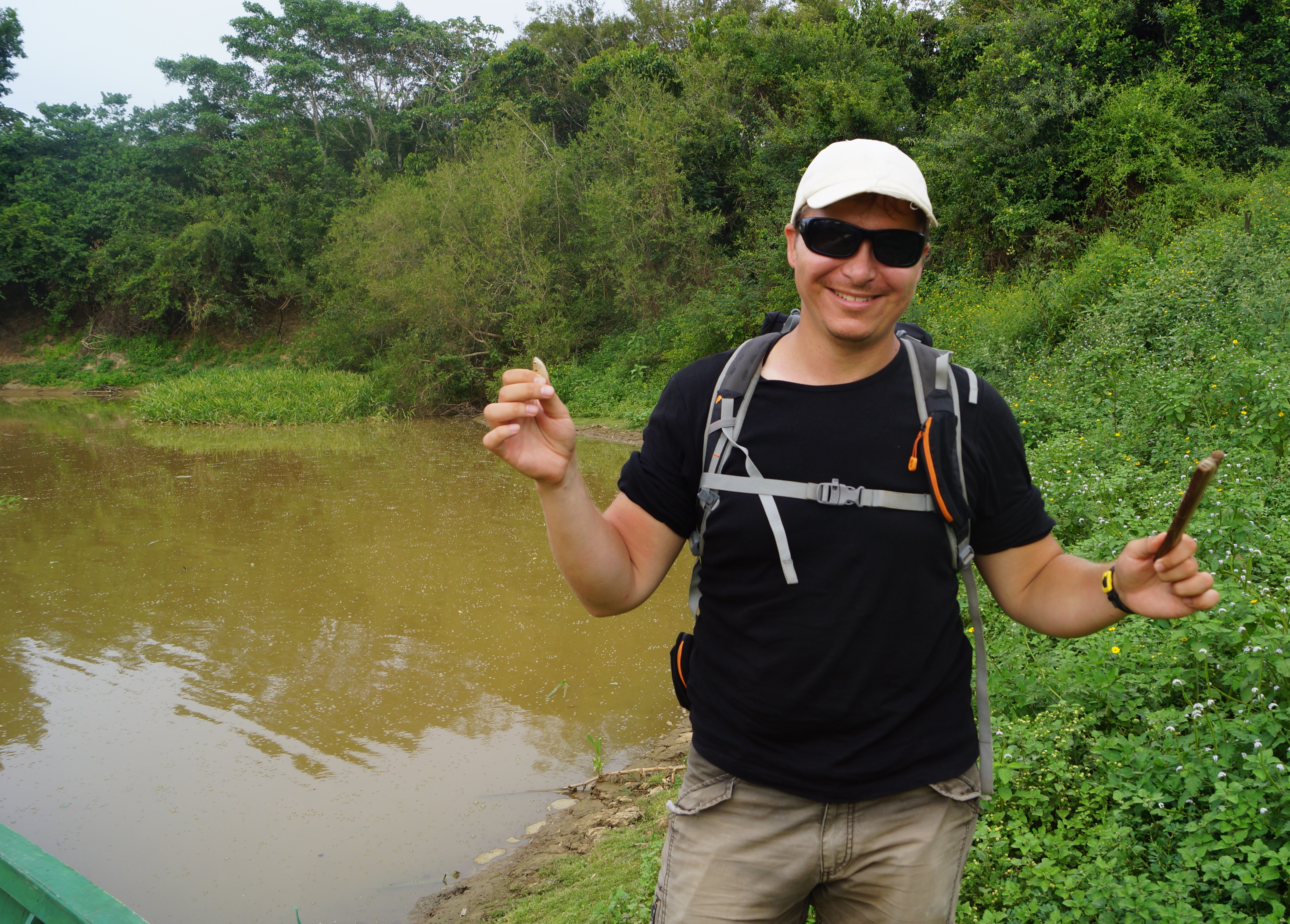 You cannot see it? The fish is in his right hand: it is a poor little sardine.
You cannot see it? The fish is in his right hand: it is a poor little sardine.
We figured out the hard way that pirañas are quite difficult to catch, because they are smarter than you think; they do not bite on the bait, they steal it. This is how we ended up "baitless" and without a single piraña, which is a pity because each tourist is allowed to eat one piraña in Bolivia.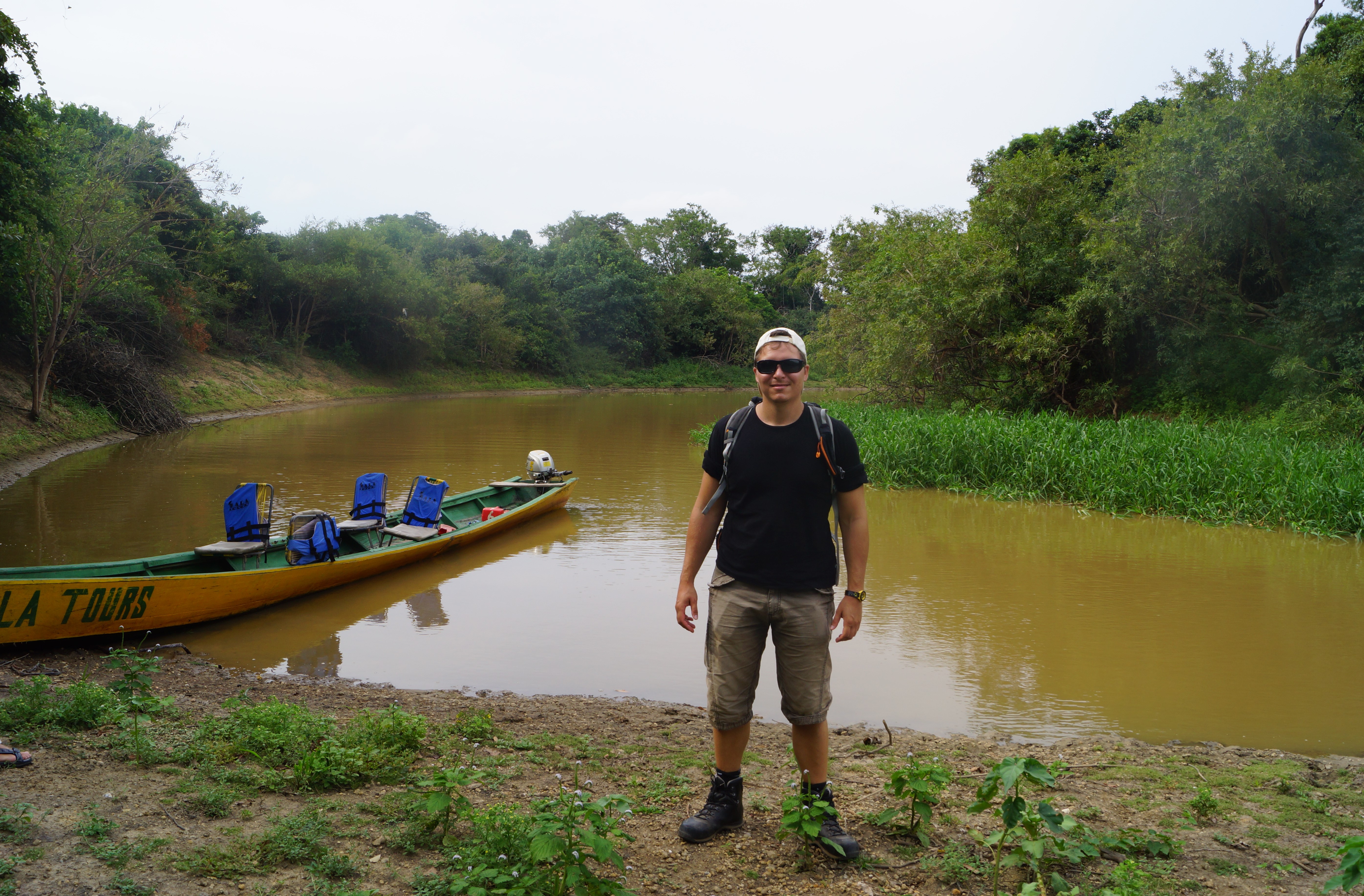 Our pampas tour was fun, I have prepared a little video of the animals we saw there:
Our pampas tour was fun, I have prepared a little video of the animals we saw there:
It was raining cats and dogs in Rurrenabaque on our last day, so we got a small taste of the rainy season which was actually approaching as it was the end of October. The rain was so bad that all flights were cancelled that day. Luckily, the next day was sunny and our plane took off as scheduled.
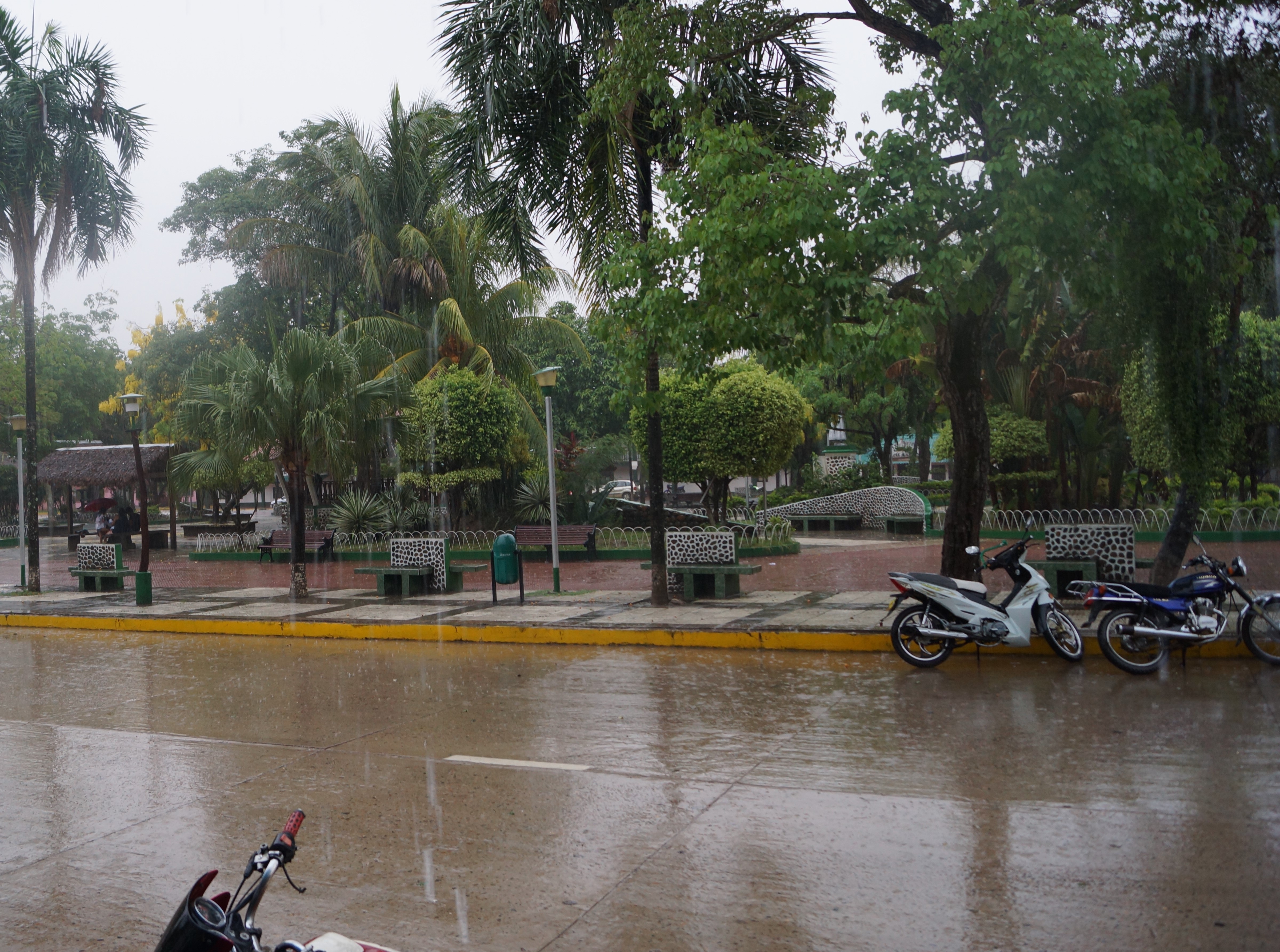 We were very happy that we did both the jungle and the pampas tour, because both were unique in their own way. However, looking back the combined tour was a bit too pricy compared to our overall budget and we could have saved some money by choosing a more budget-friendly agency, On the other hand, we had a private tour in the jungle and a very small group in the pampas, so all in all we do not have any regrets.
We were very happy that we did both the jungle and the pampas tour, because both were unique in their own way. However, looking back the combined tour was a bit too pricy compared to our overall budget and we could have saved some money by choosing a more budget-friendly agency, On the other hand, we had a private tour in the jungle and a very small group in the pampas, so all in all we do not have any regrets.
